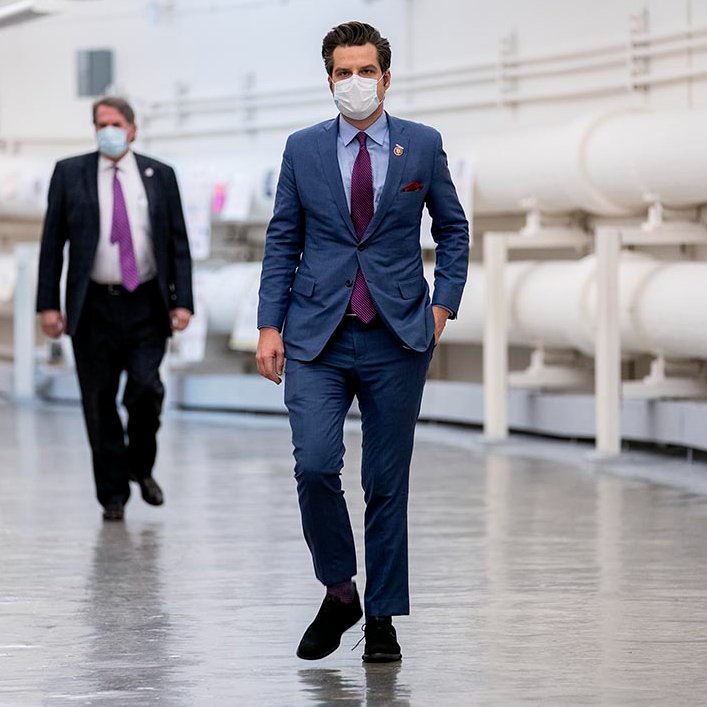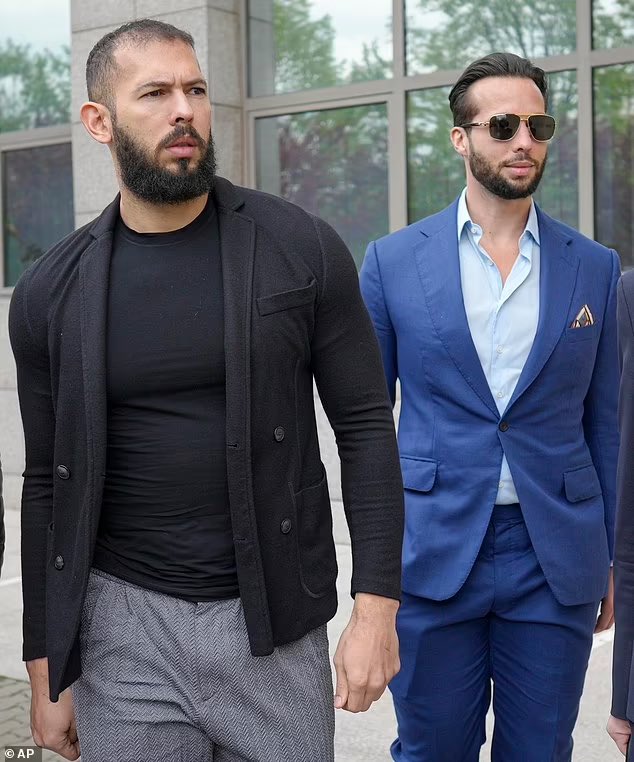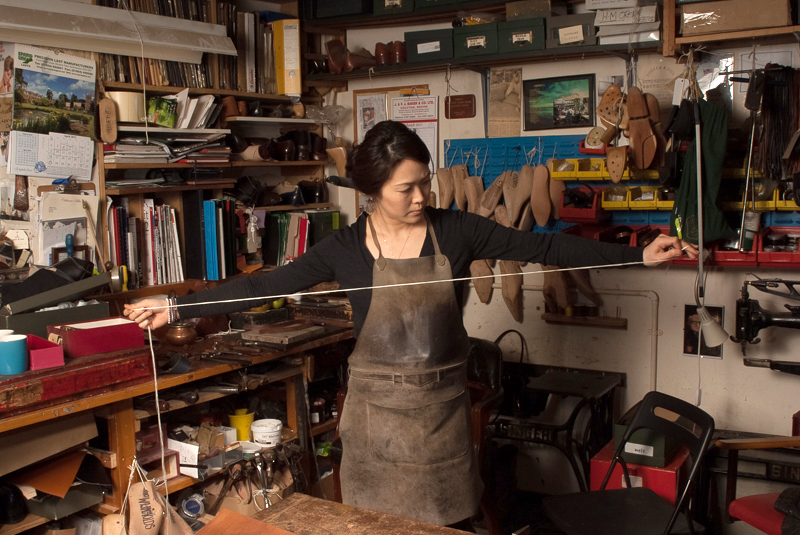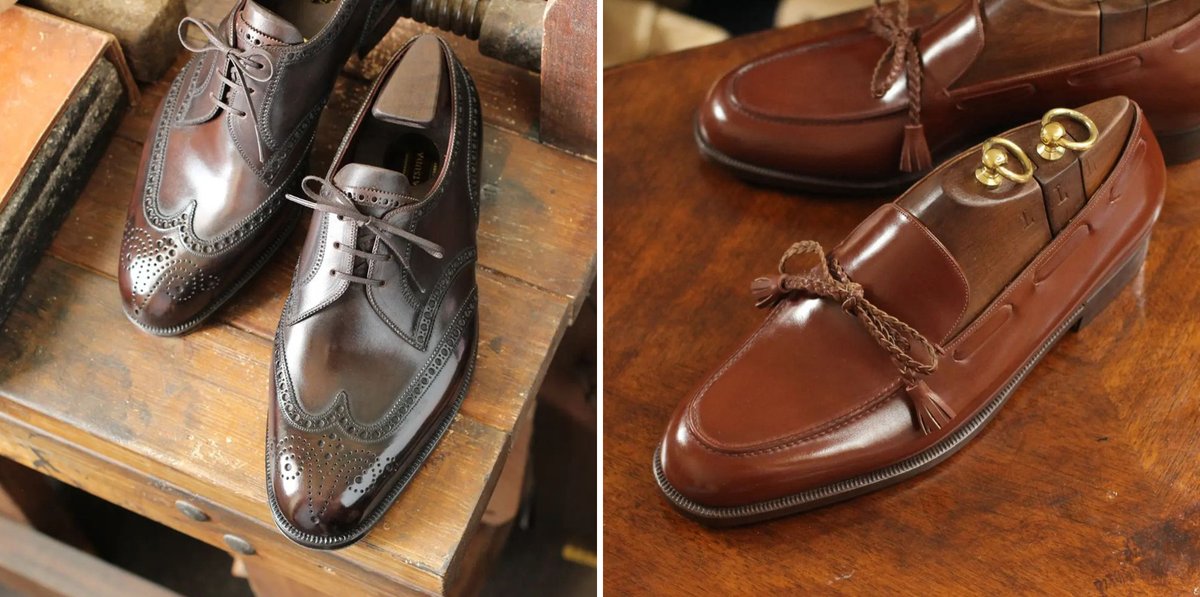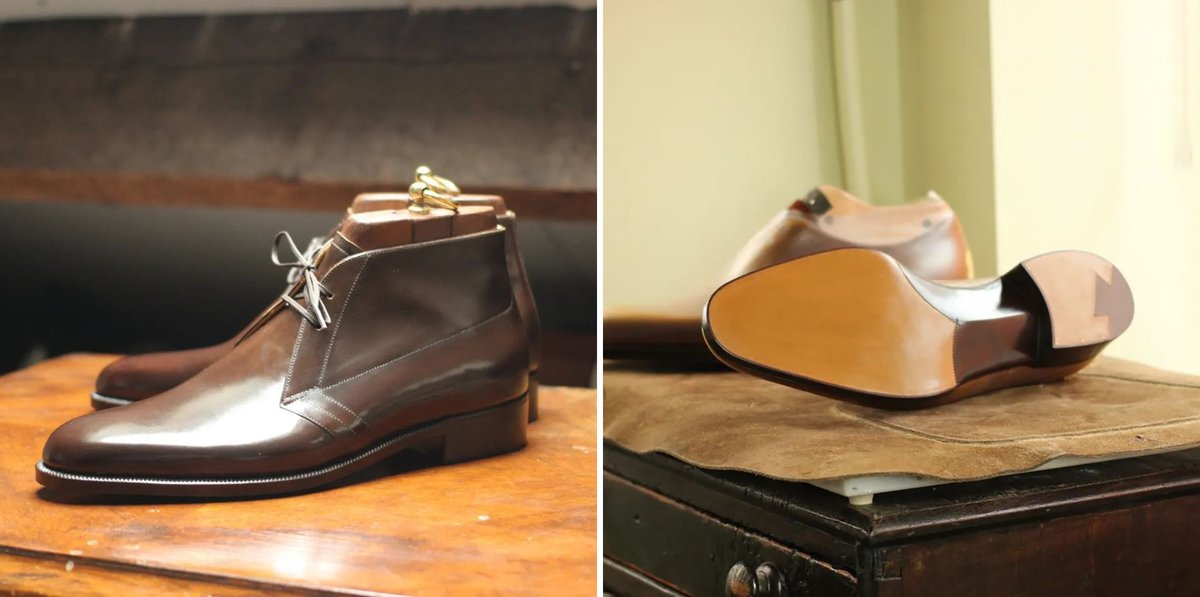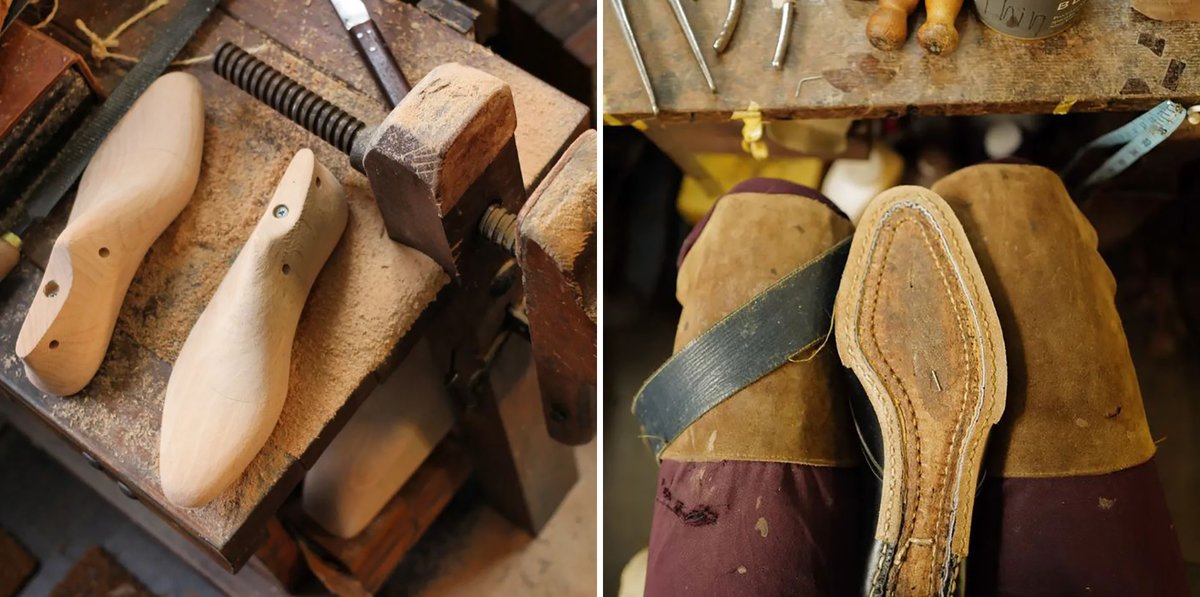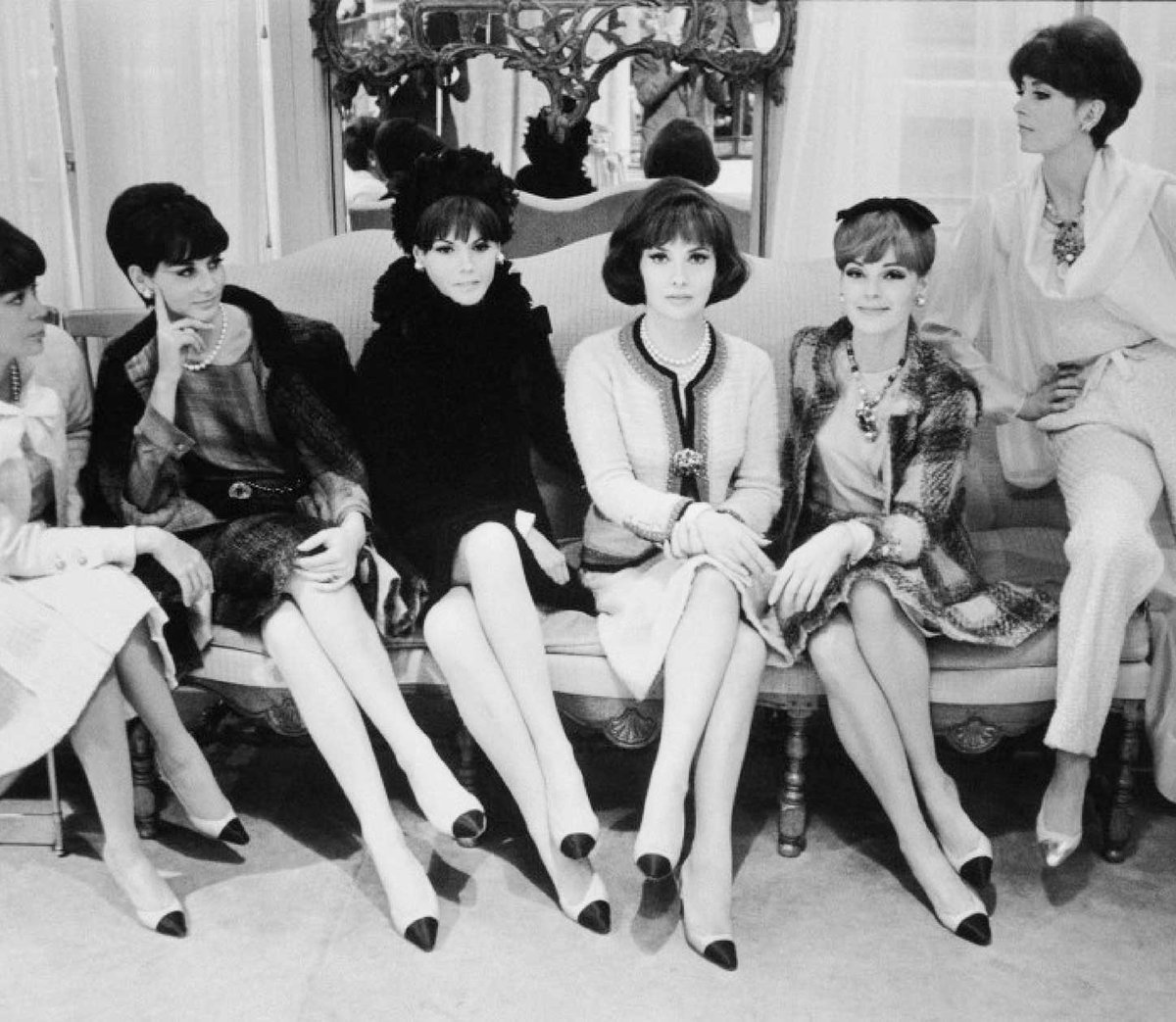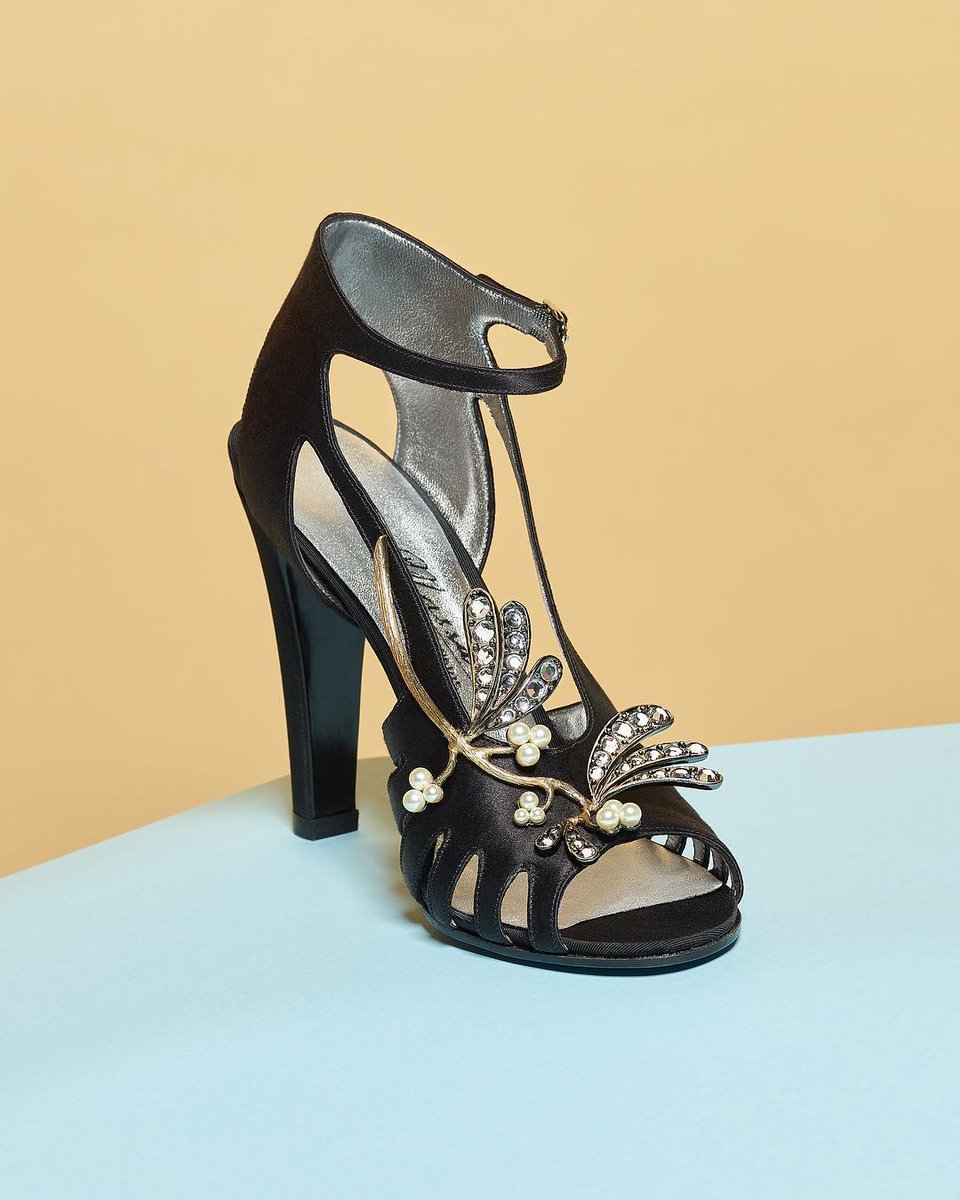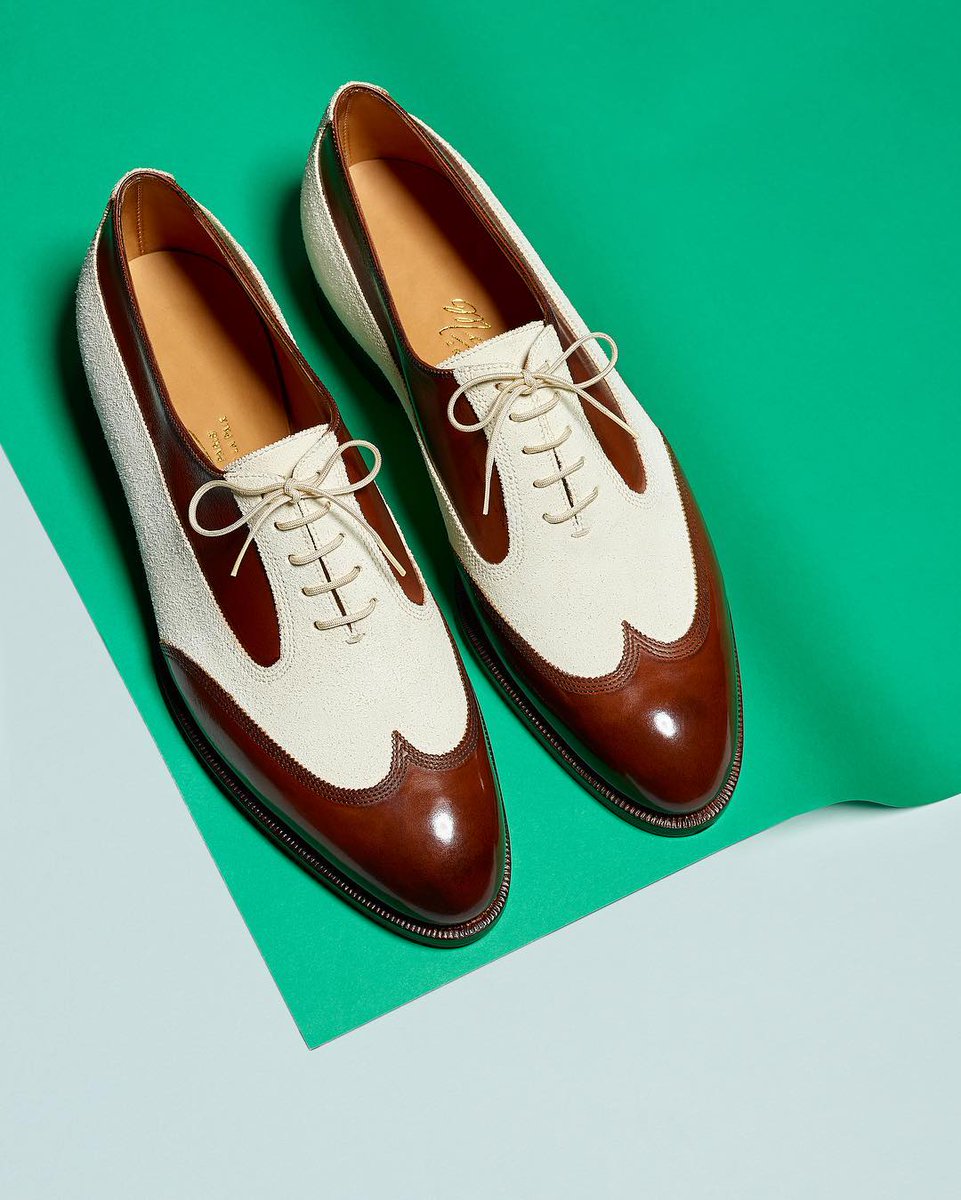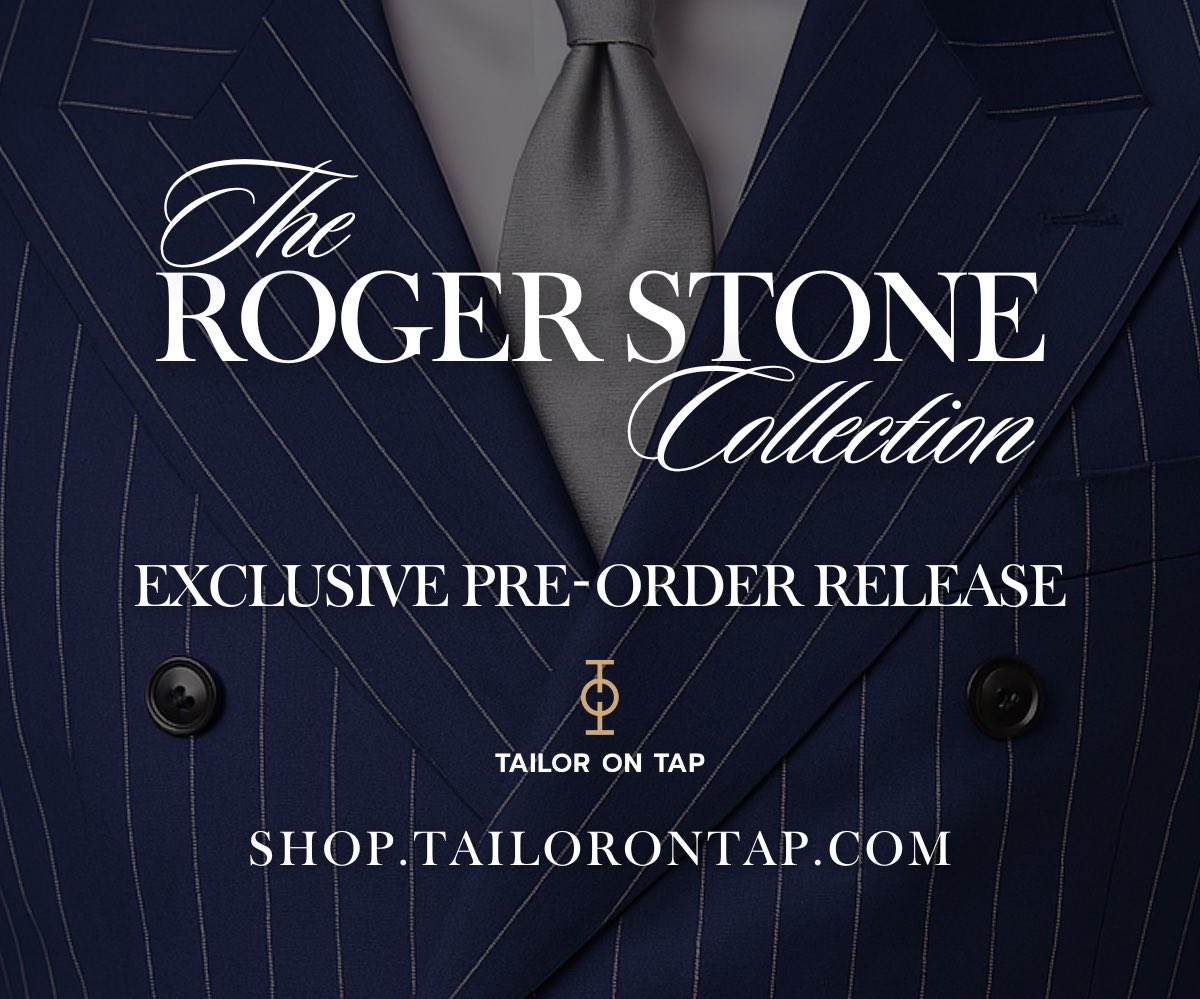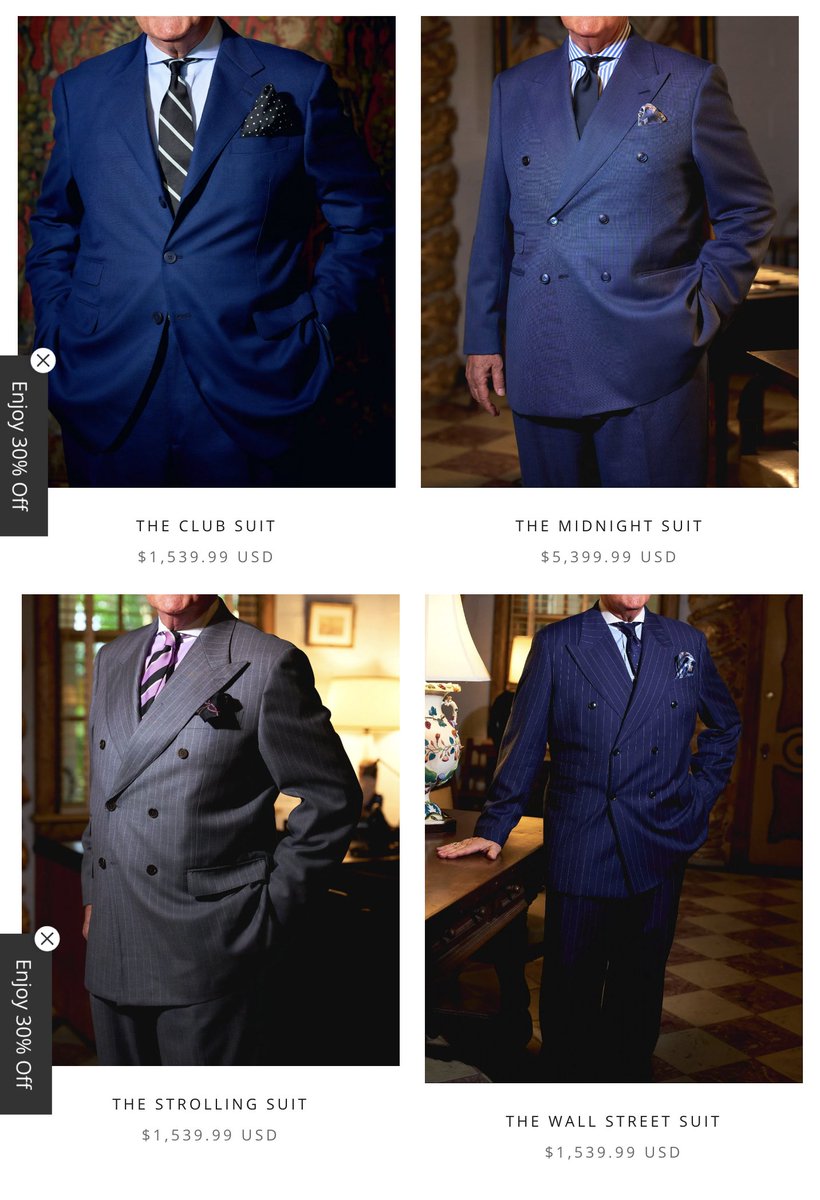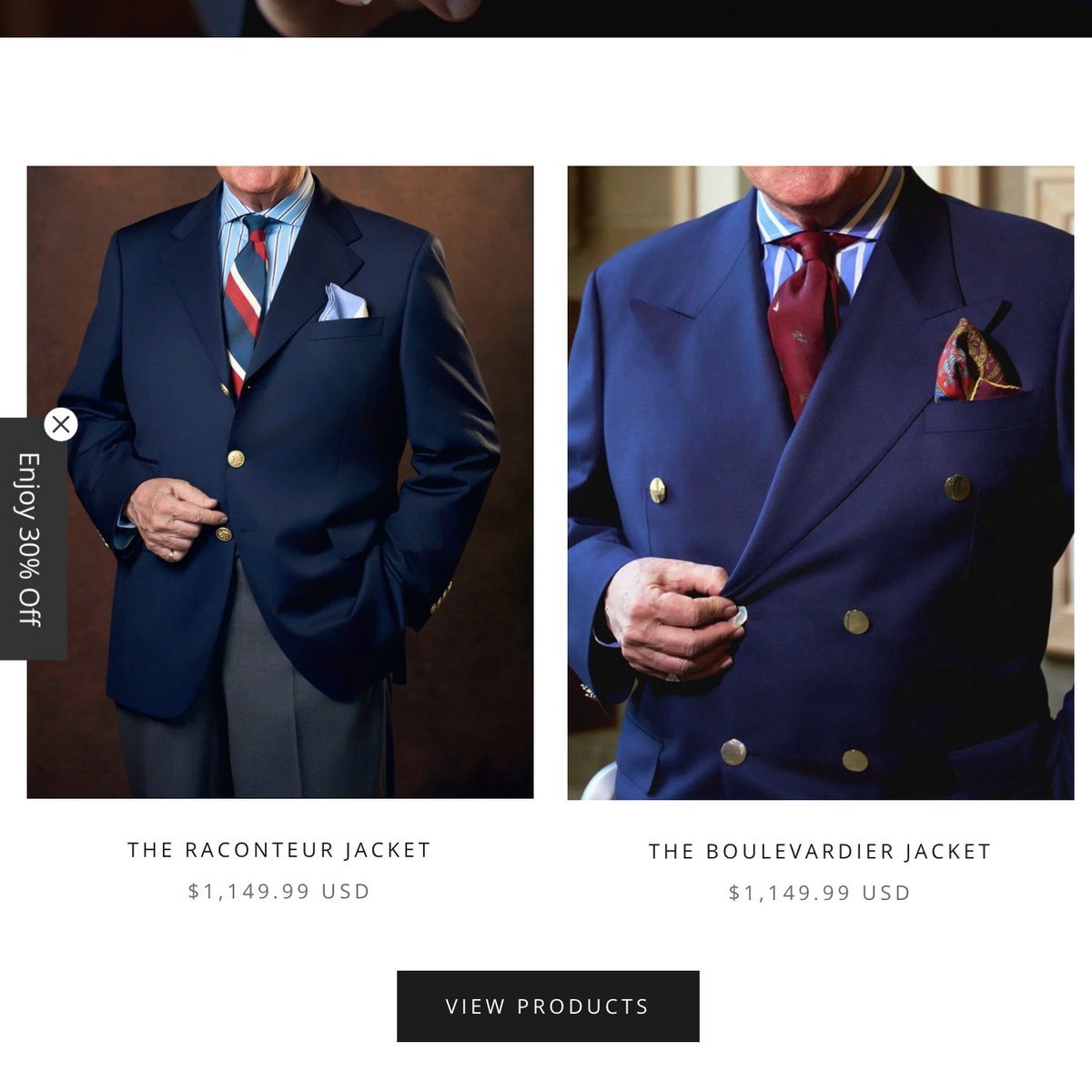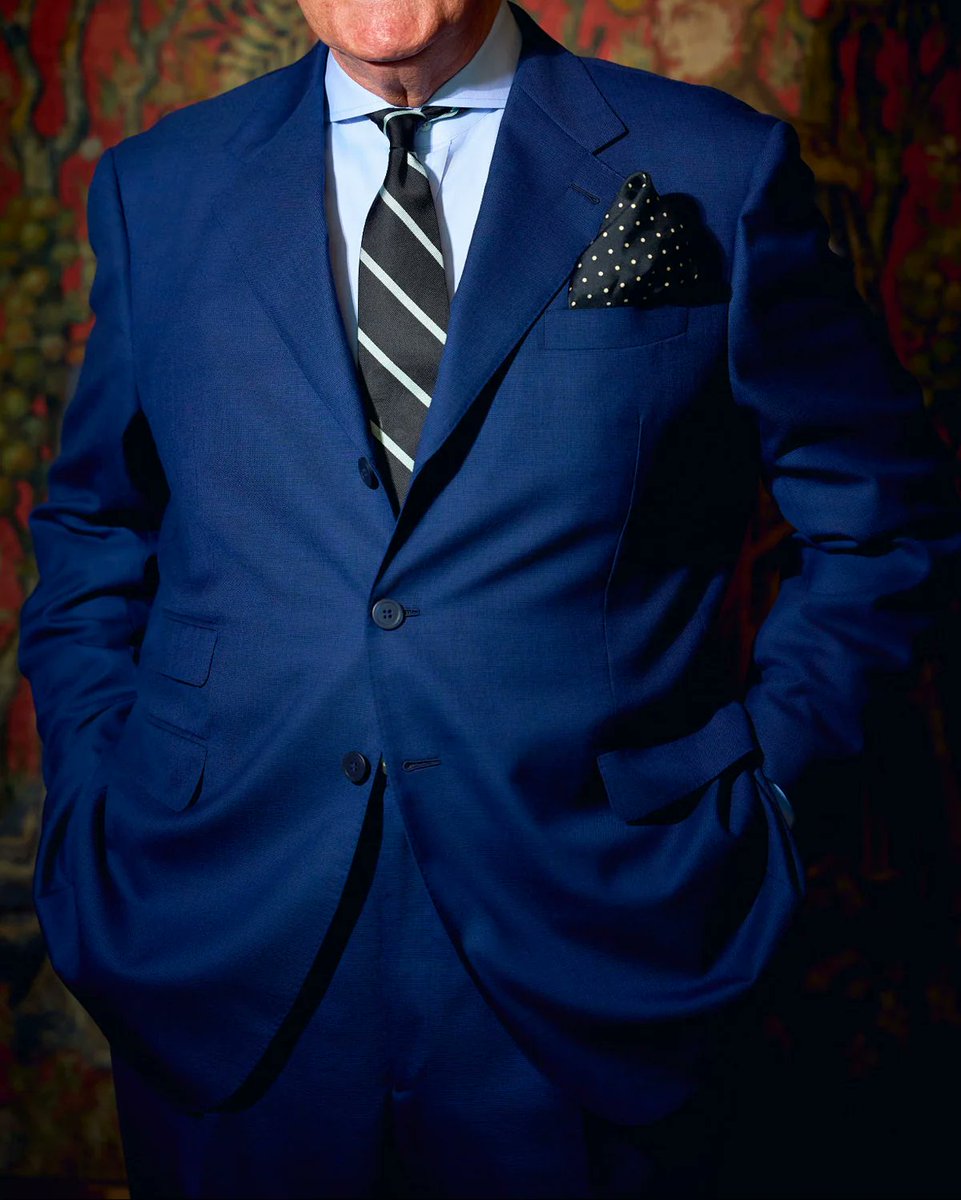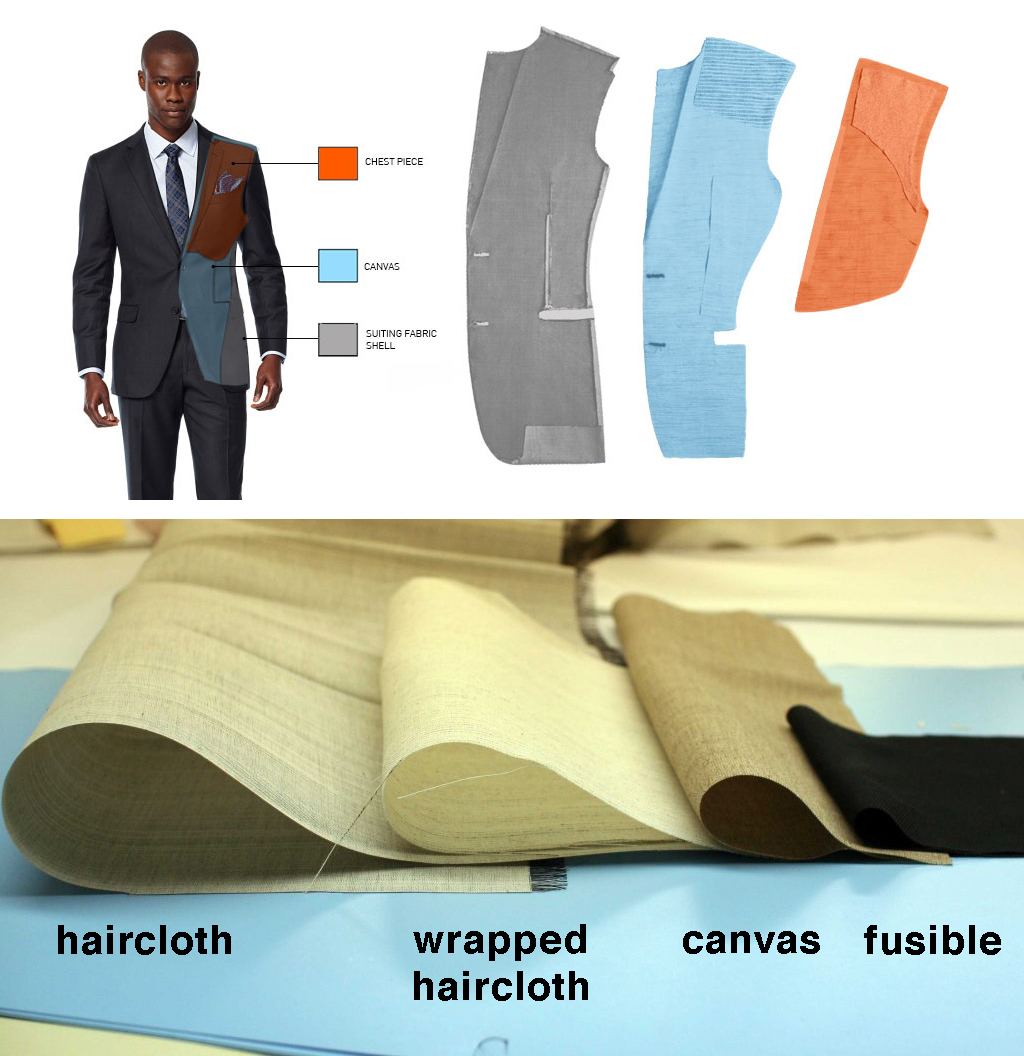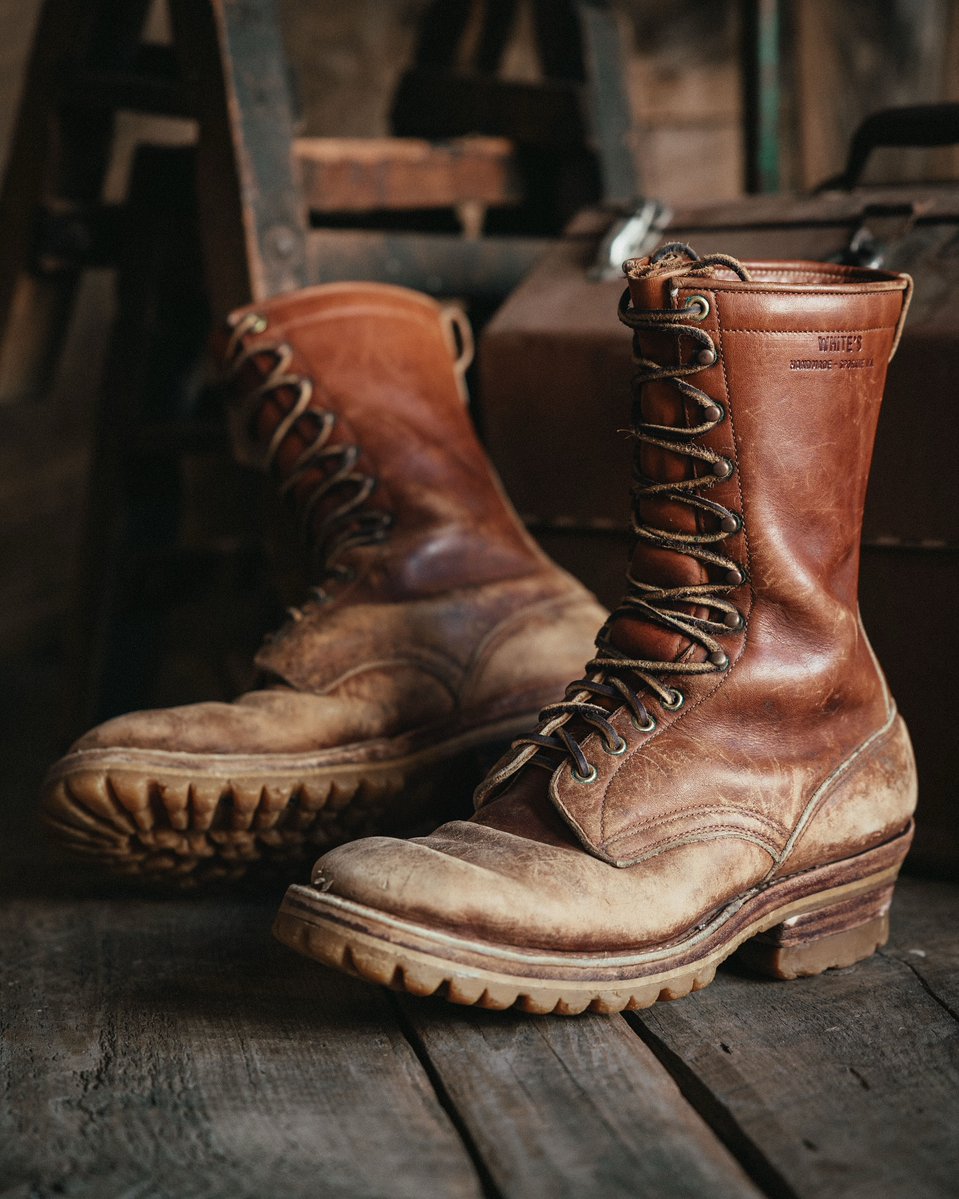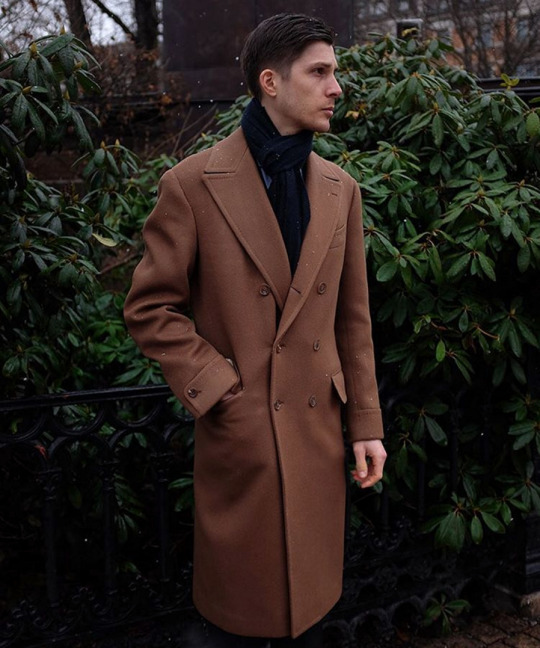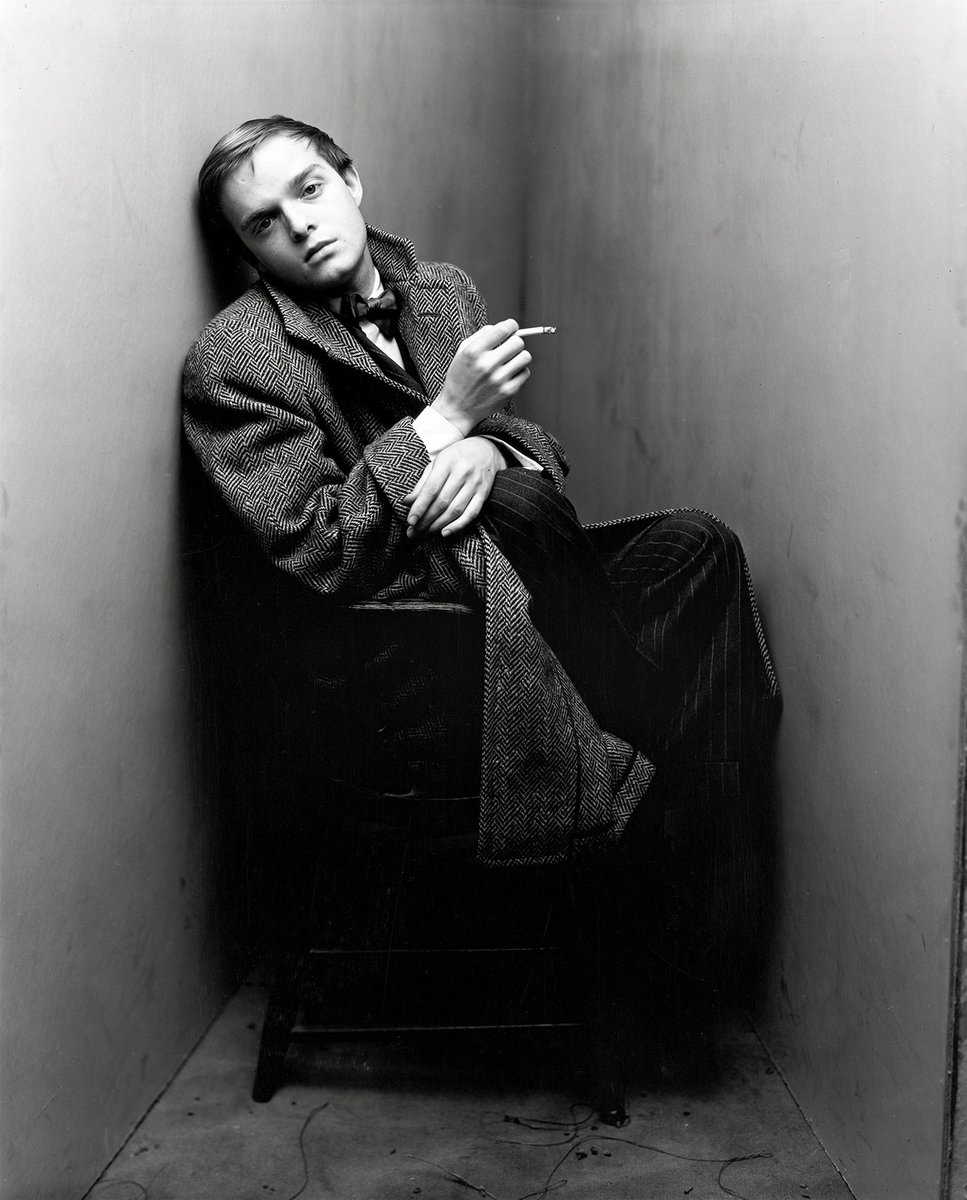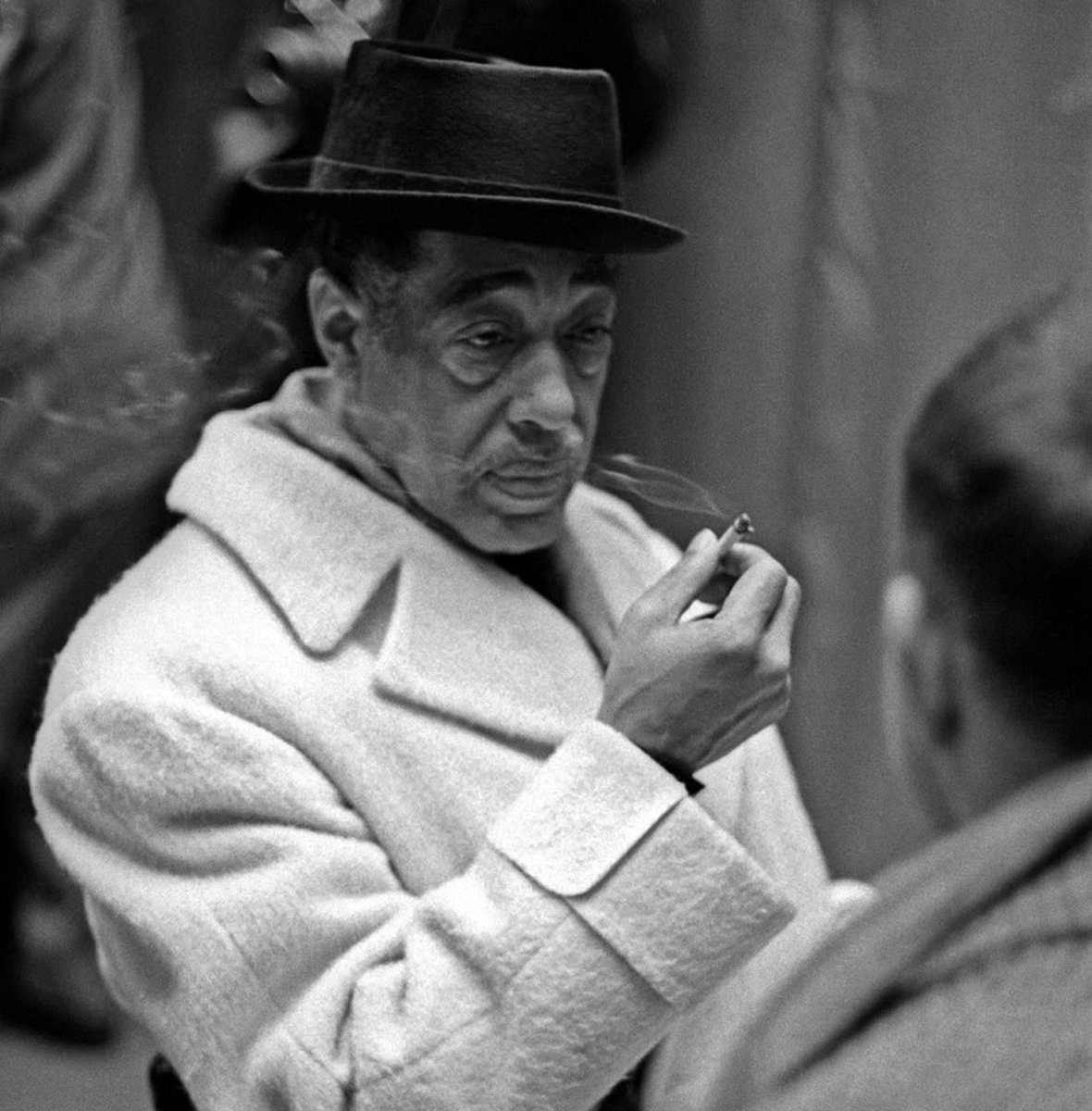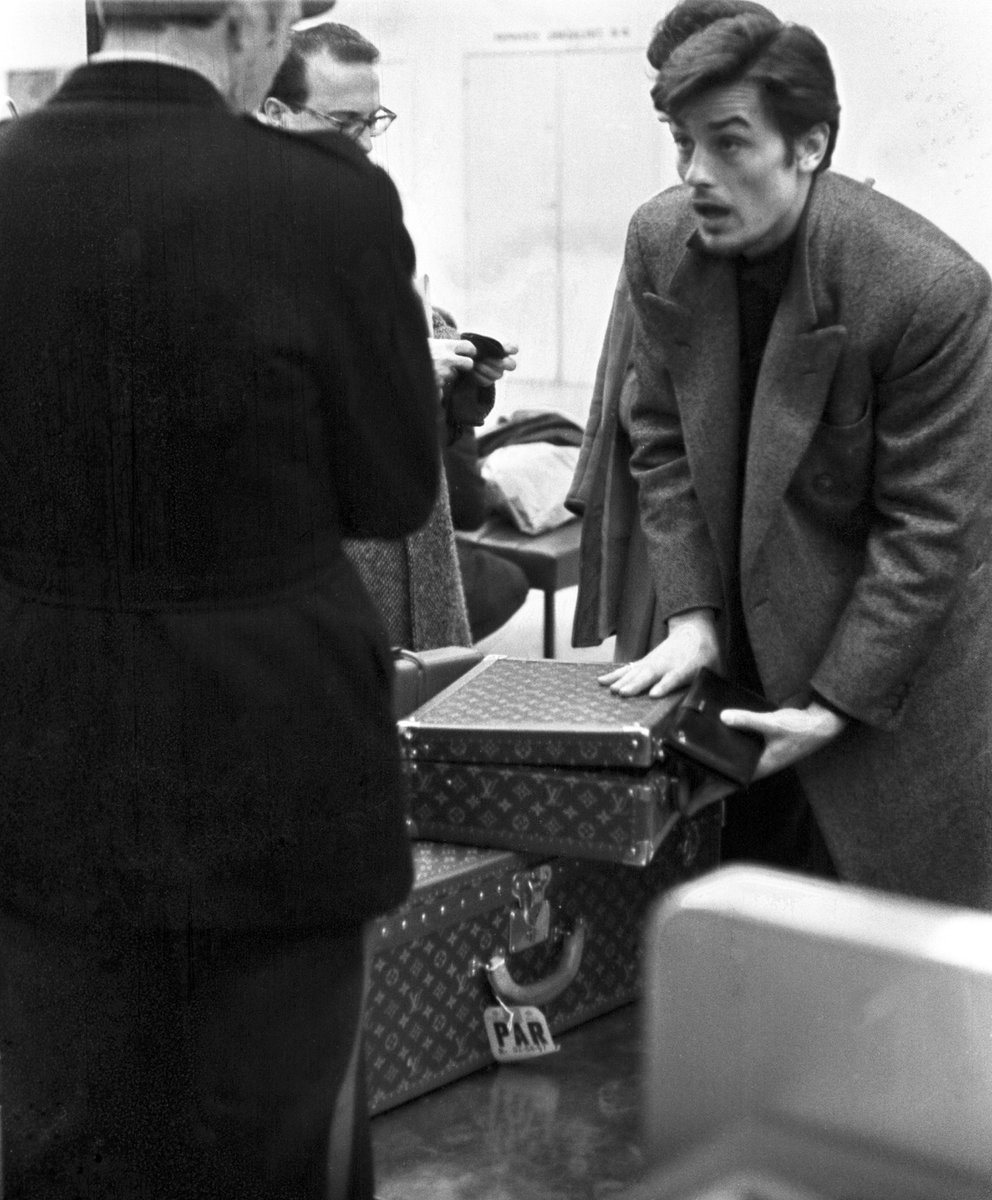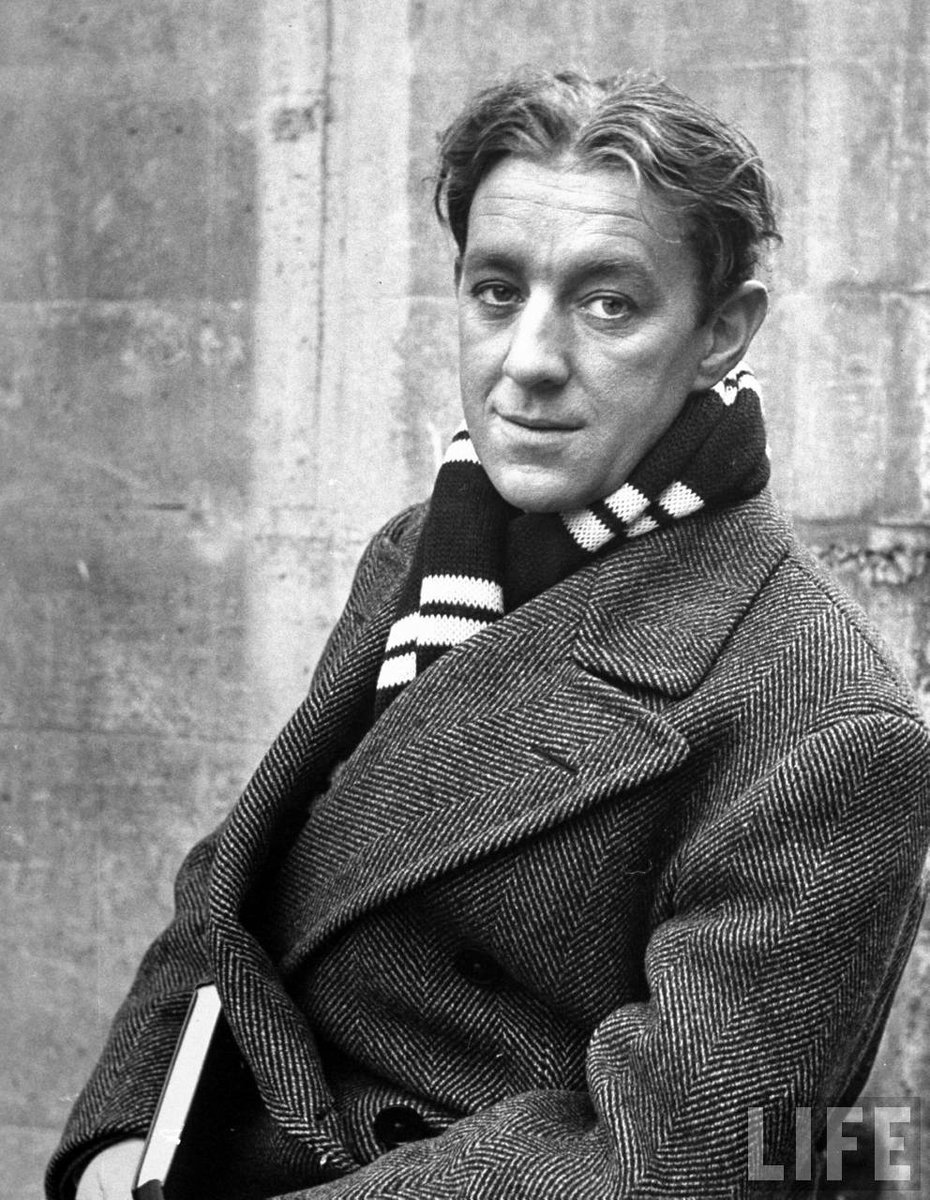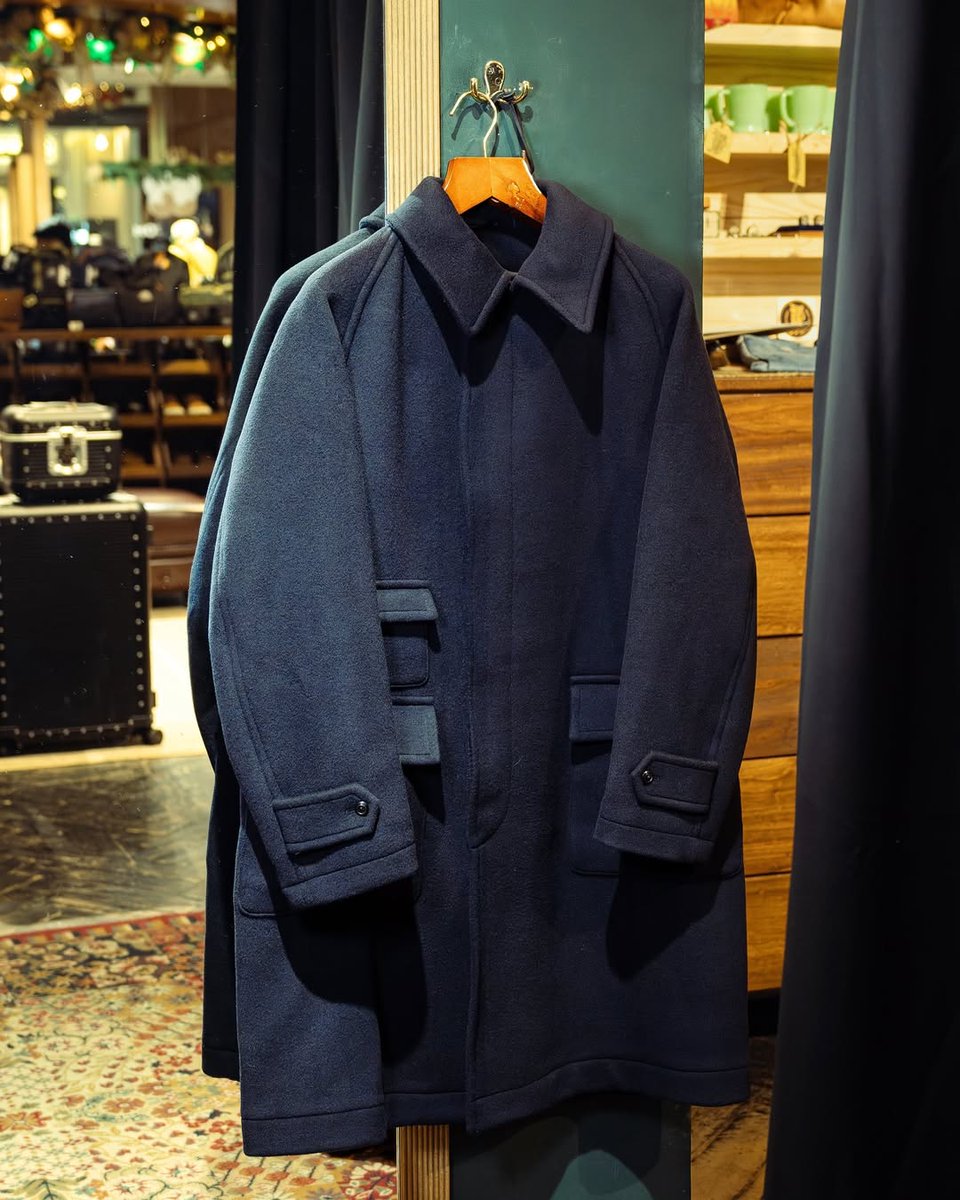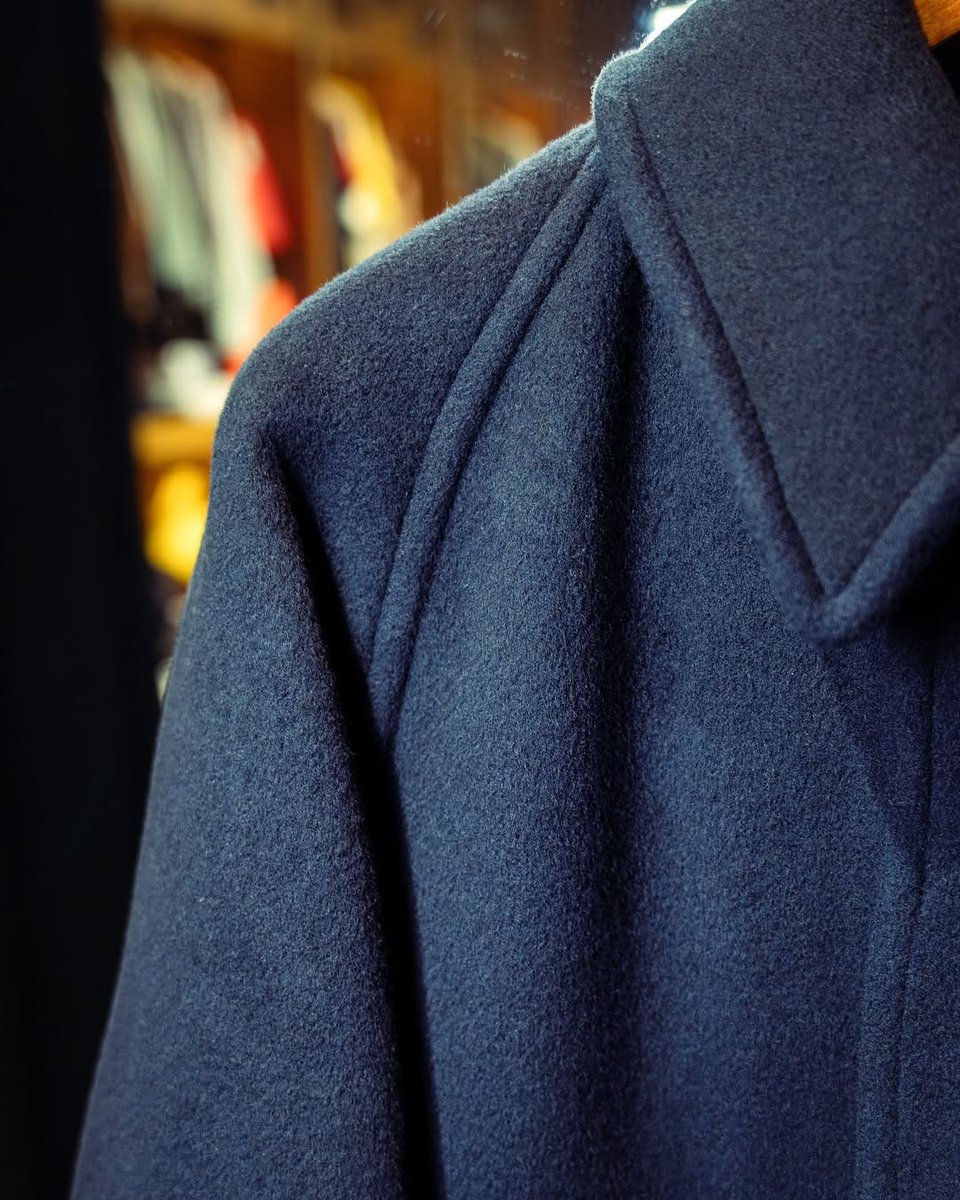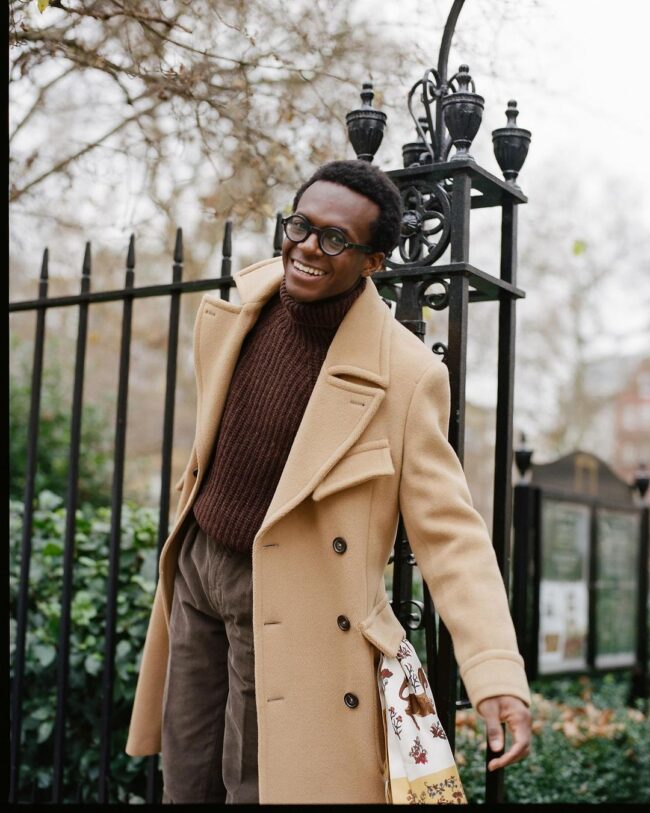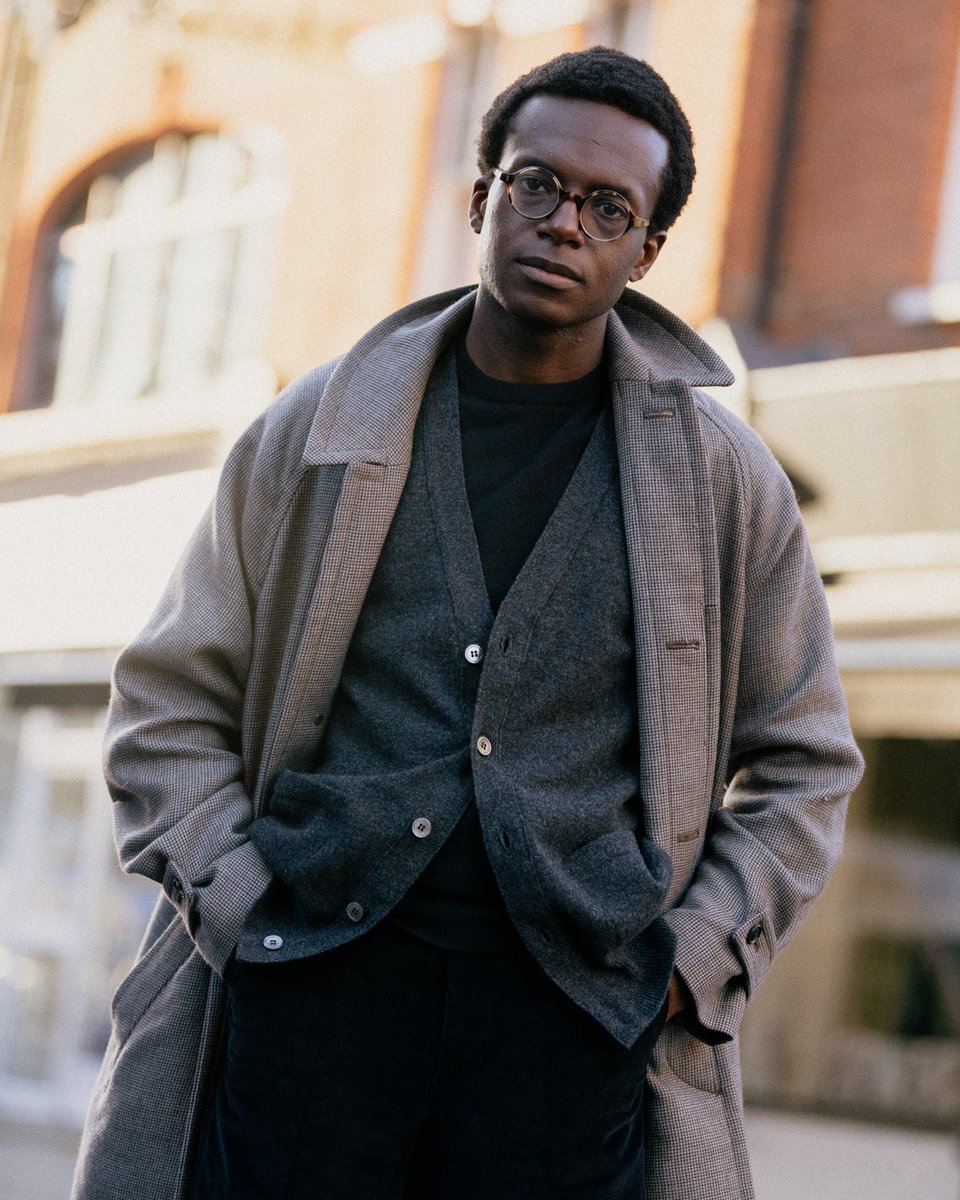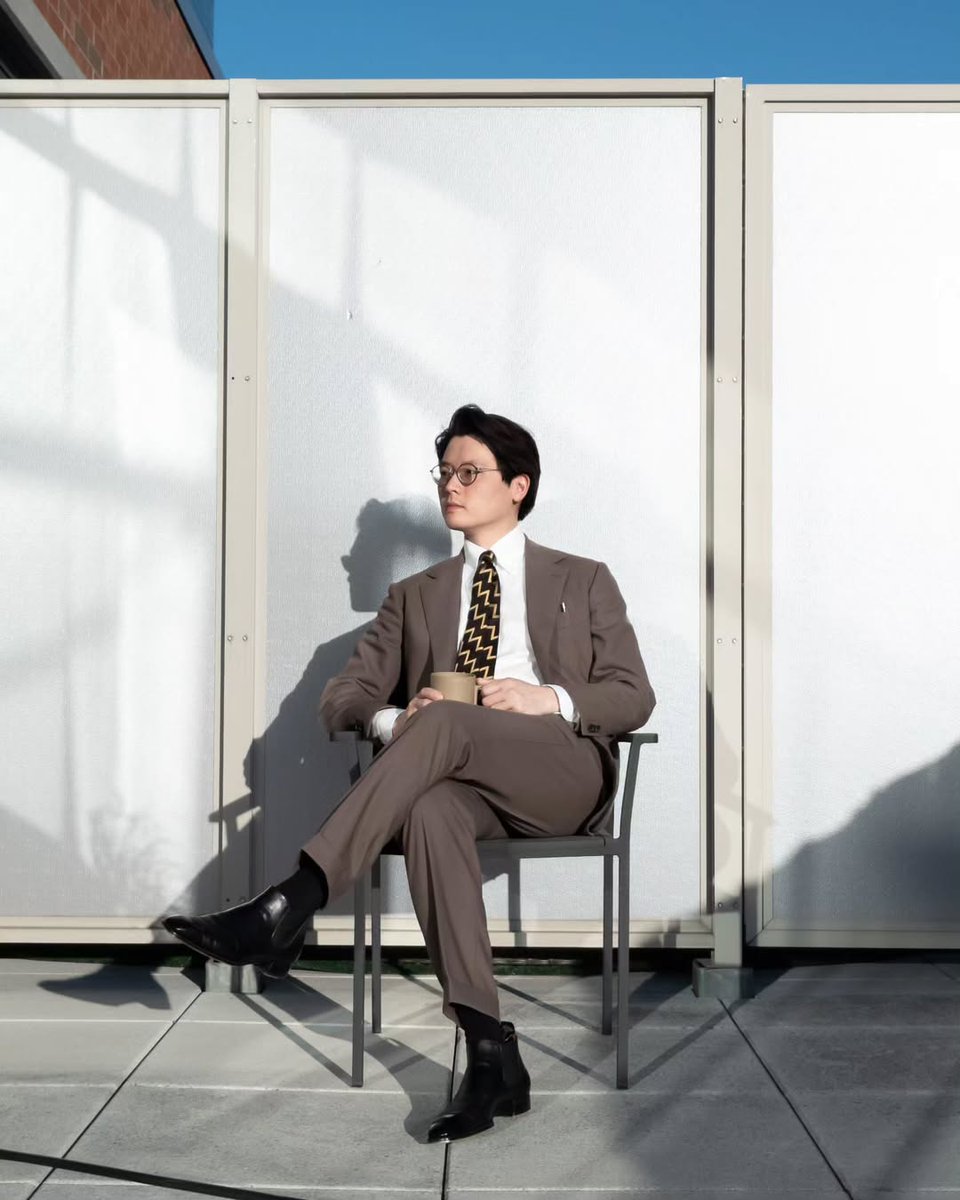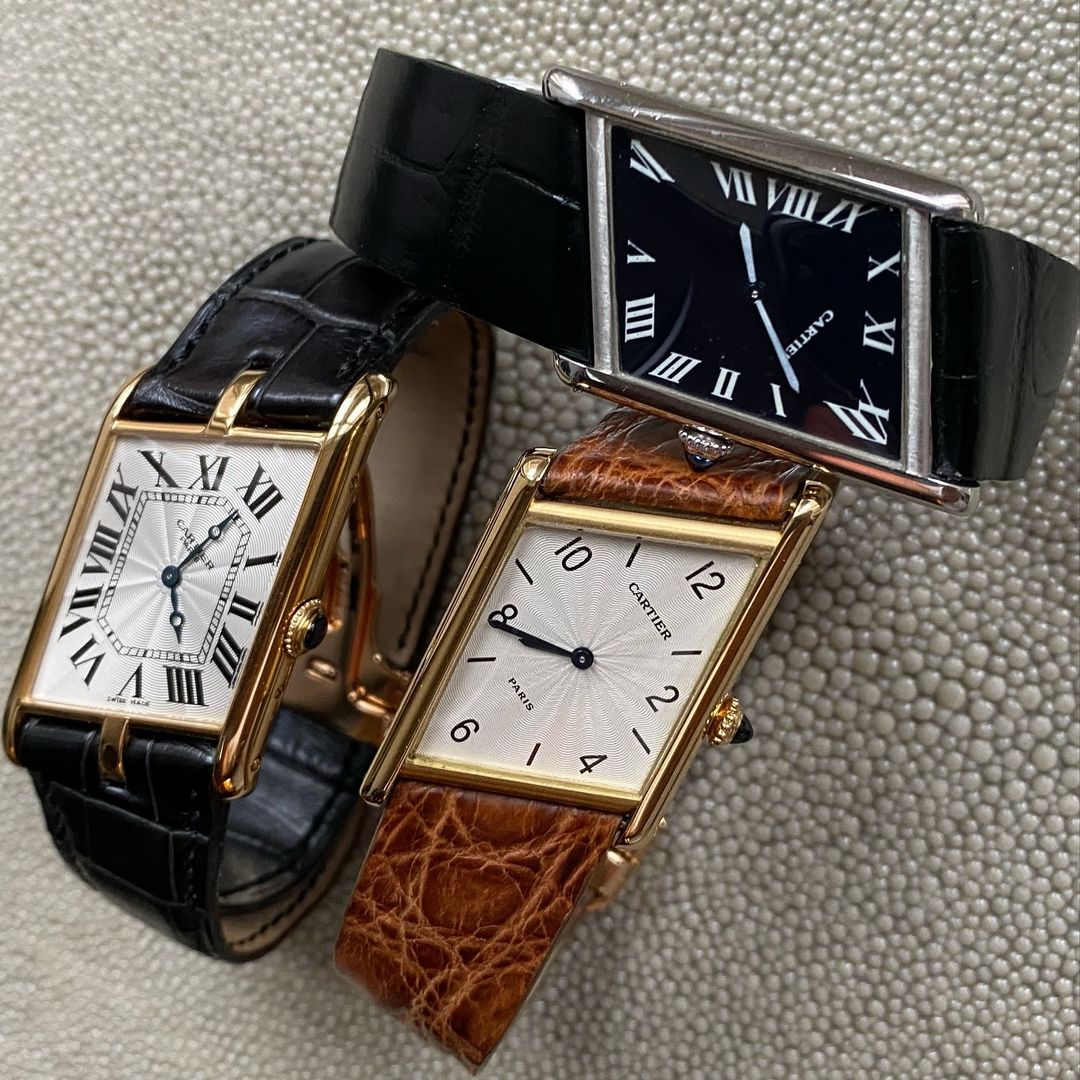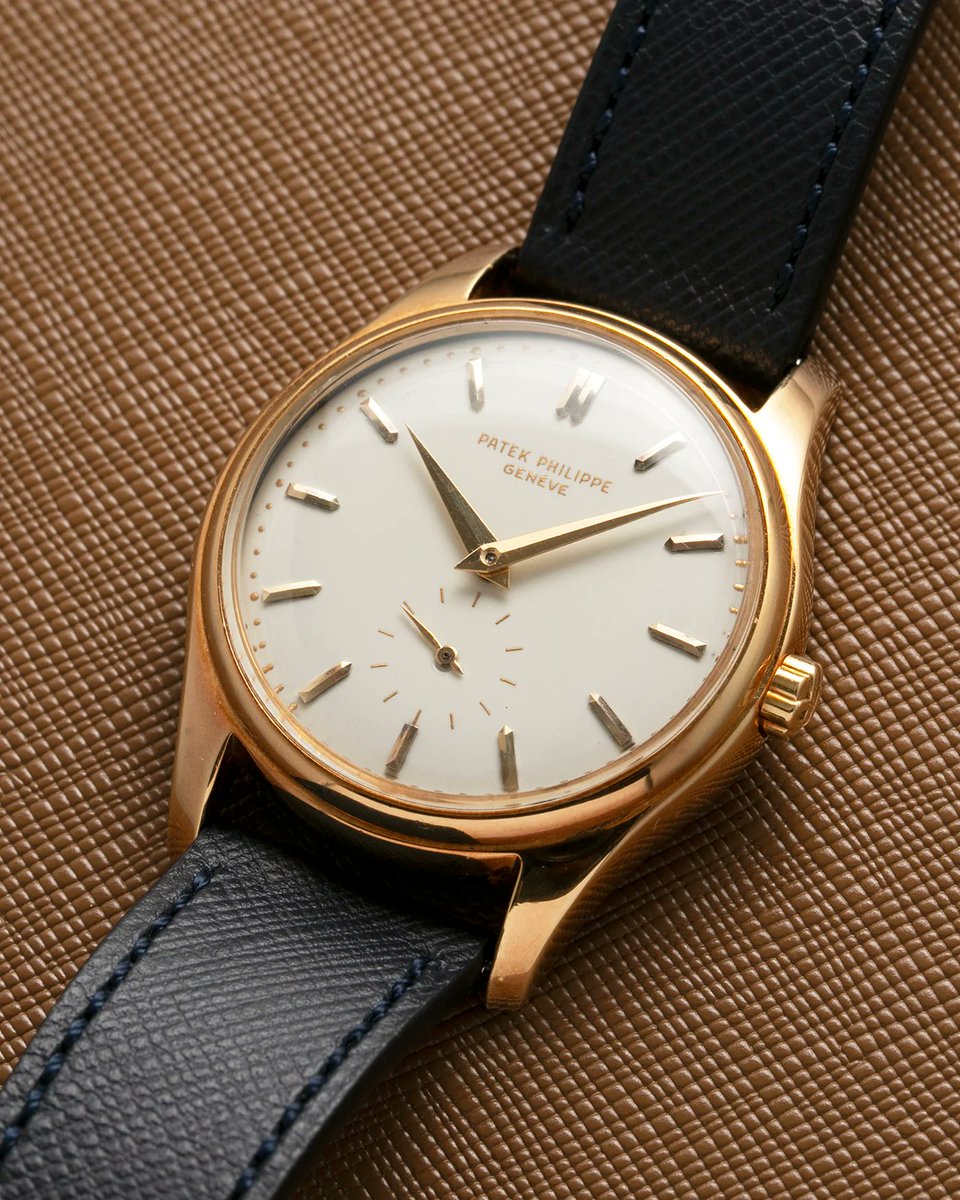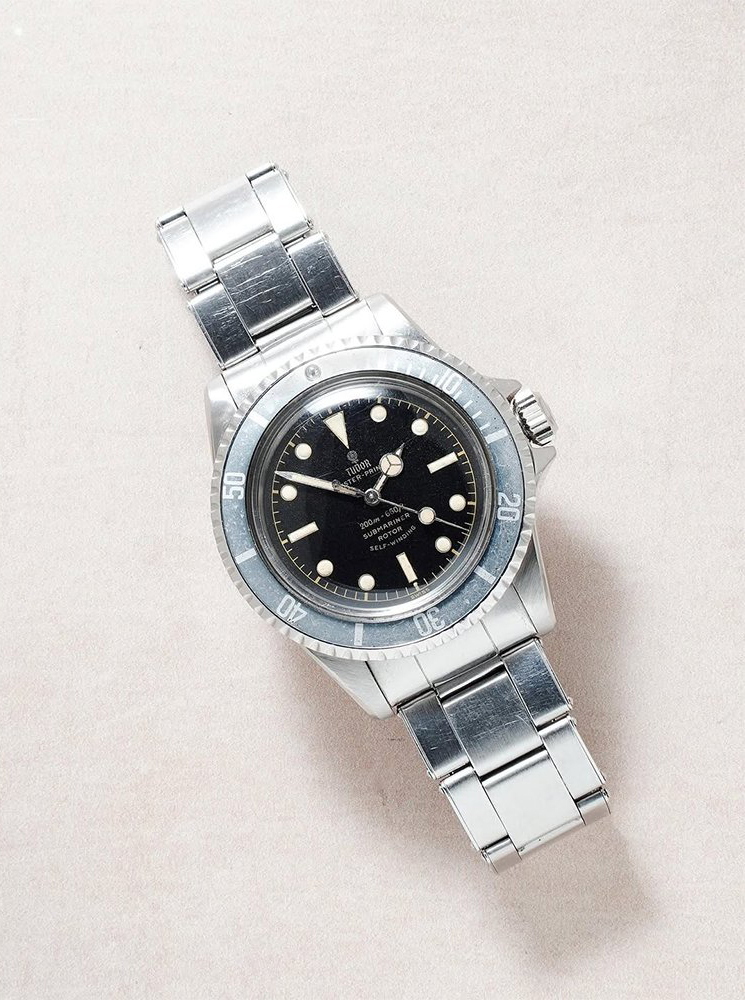King of Spain at the final day of Wimbledon. This looks great.
Very rare to see this level of tailoring nowadays, even on the wealthy. So let's talk about some of the reasons why it's great. 🧵
Very rare to see this level of tailoring nowadays, even on the wealthy. So let's talk about some of the reasons why it's great. 🧵
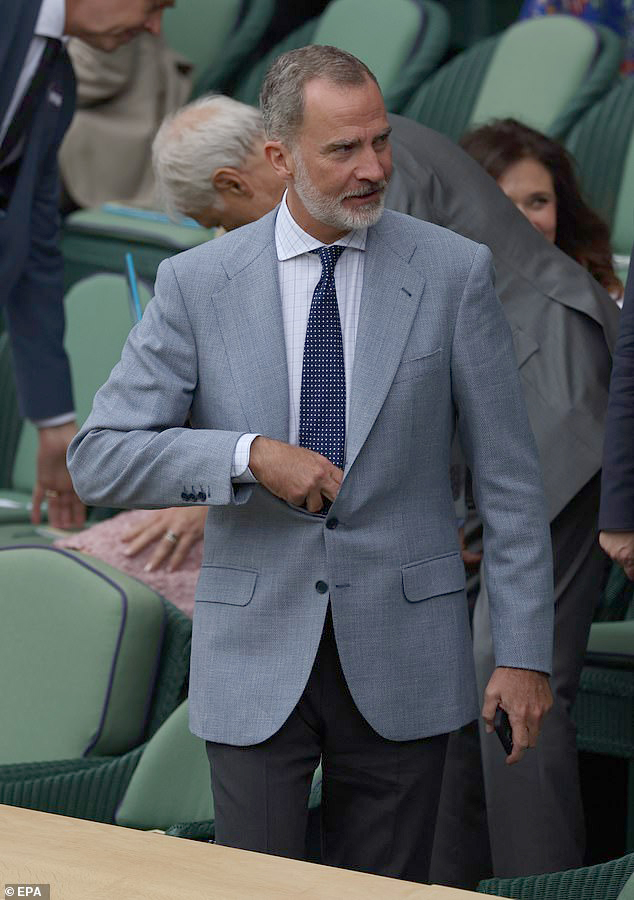
King Felipe consistently looks great, and it seems that all of his suits are cut by the same tailor.
Some basic points:
1. Collar always hugs the neck
2. No pulling anywhere. Things hang cleanly
3. Lapels end about halfway from collar to shoulder bone (nice proportion)


Some basic points:
1. Collar always hugs the neck
2. No pulling anywhere. Things hang cleanly
3. Lapels end about halfway from collar to shoulder bone (nice proportion)
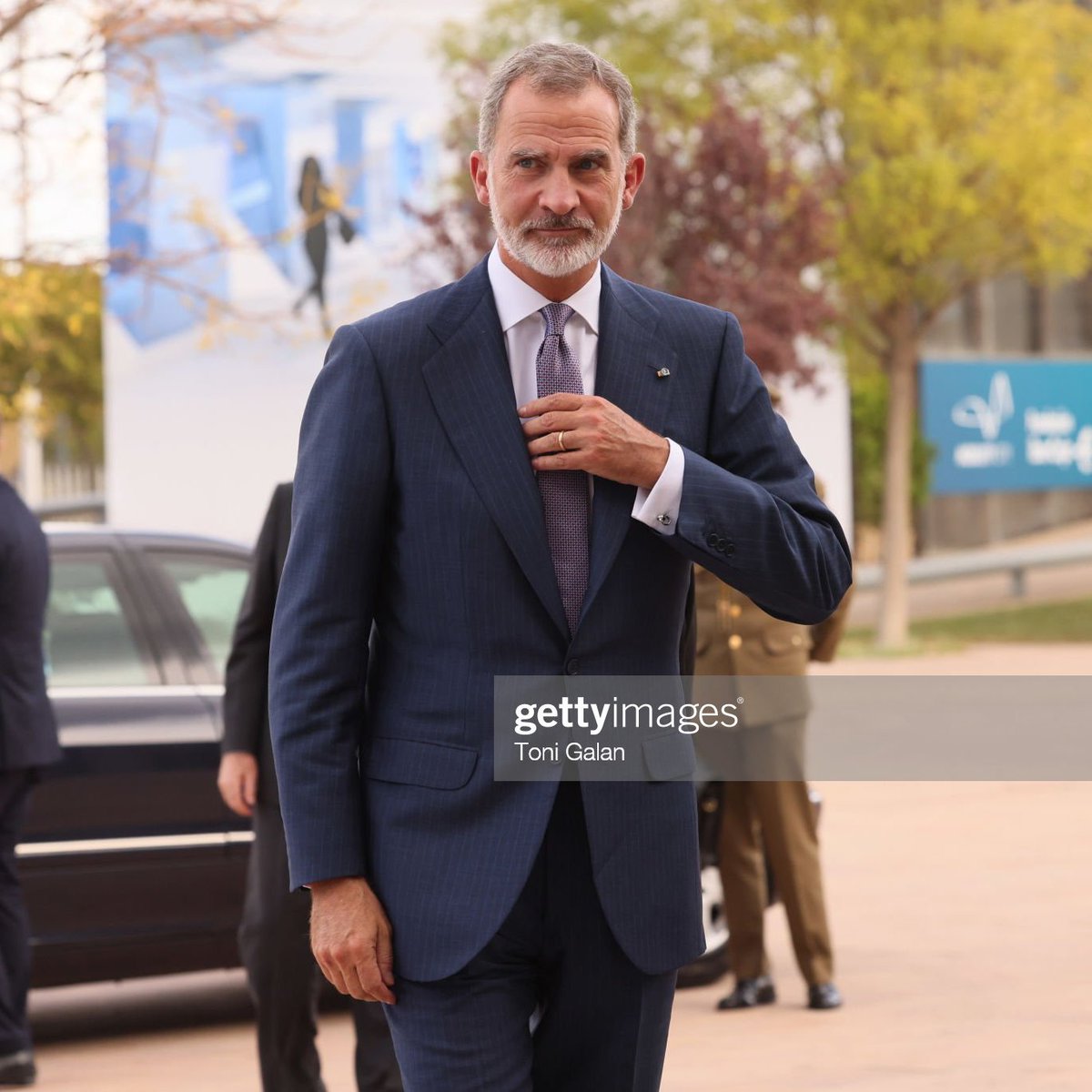
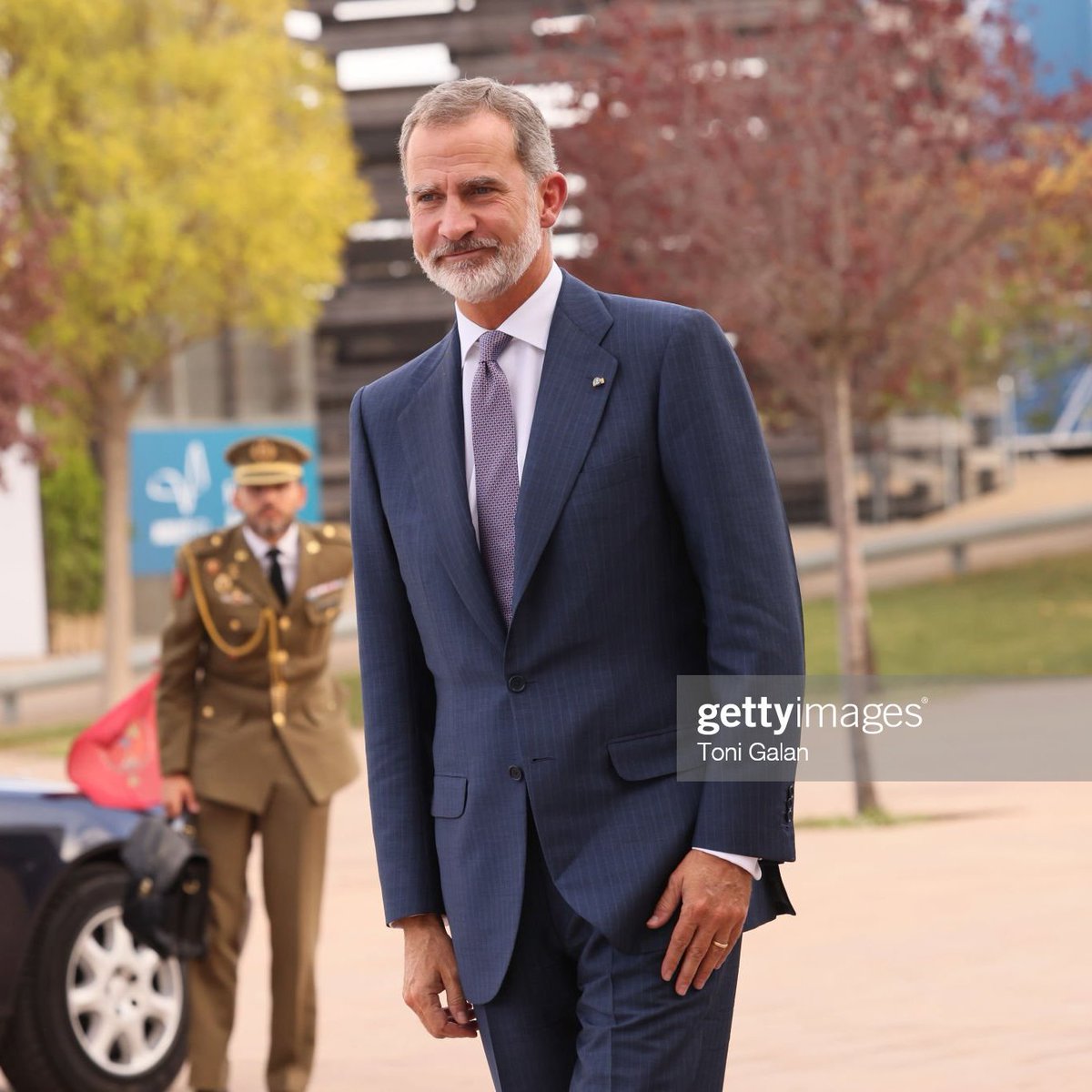
His coat here also ends about halfway from the collar to the floor, which is again a very classic and flattering proportion. His sleeves hang very cleanly. His trousers are well-proportioned for his coat. 
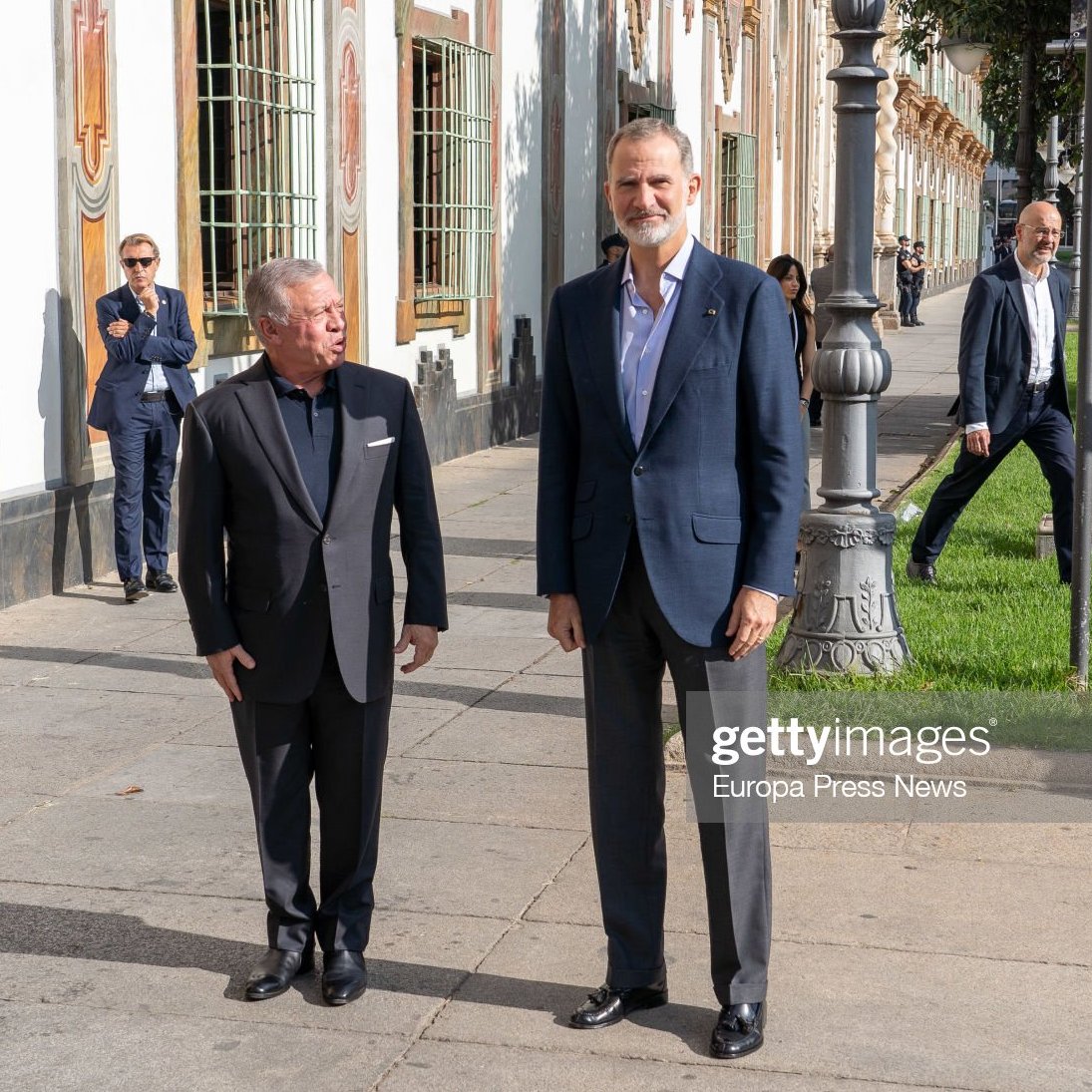
This contrasts with many stars nowadays, who wear short, tight coats. The sleeves grip their arms, which means they never hang cleanly. When the sleeves grip your arms like this, they are prone to riding up on you.


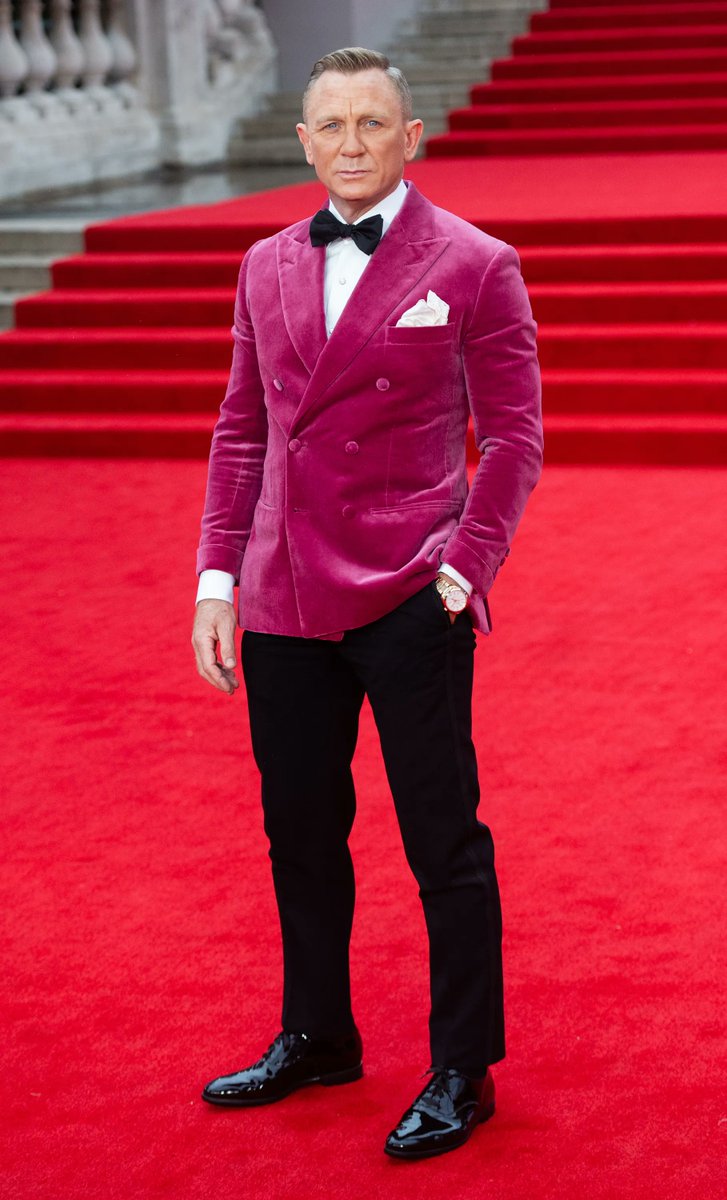
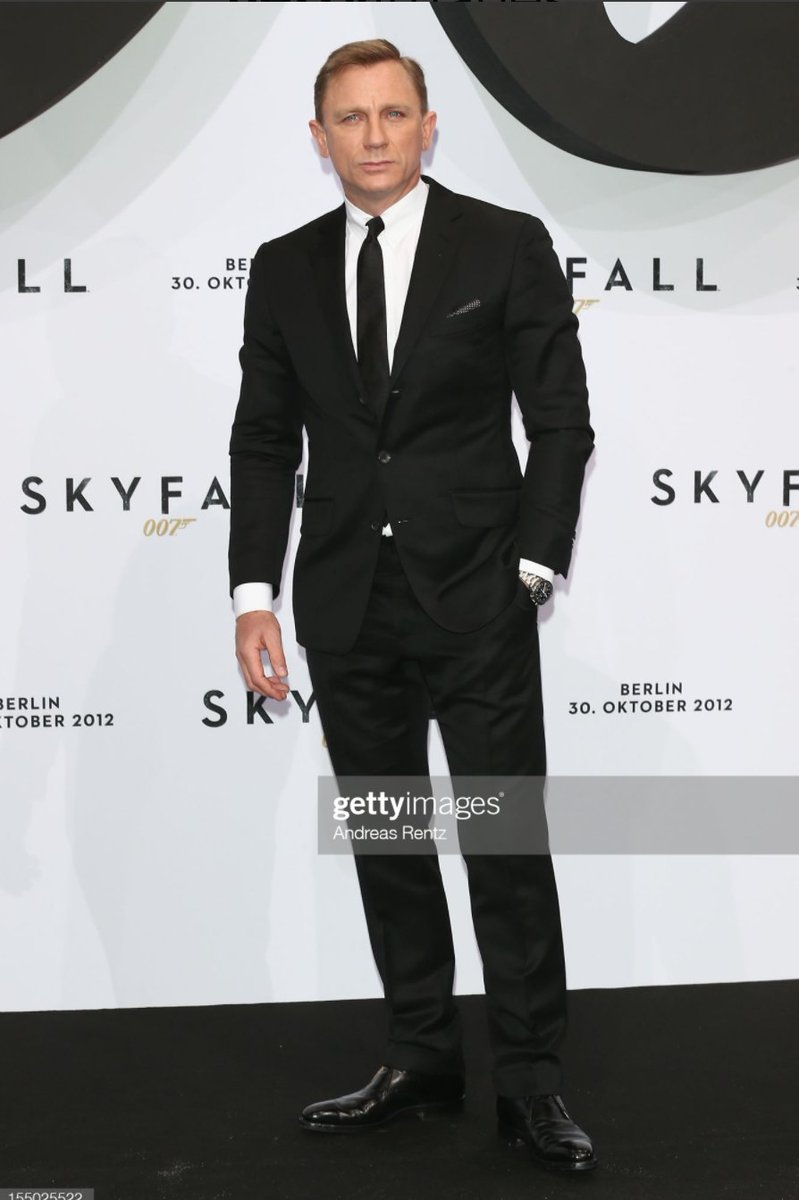
King Felipe's trousers are also well-proportioned for his coat. The coat's lines flow into the trousers, making the outfit a coherent whole.


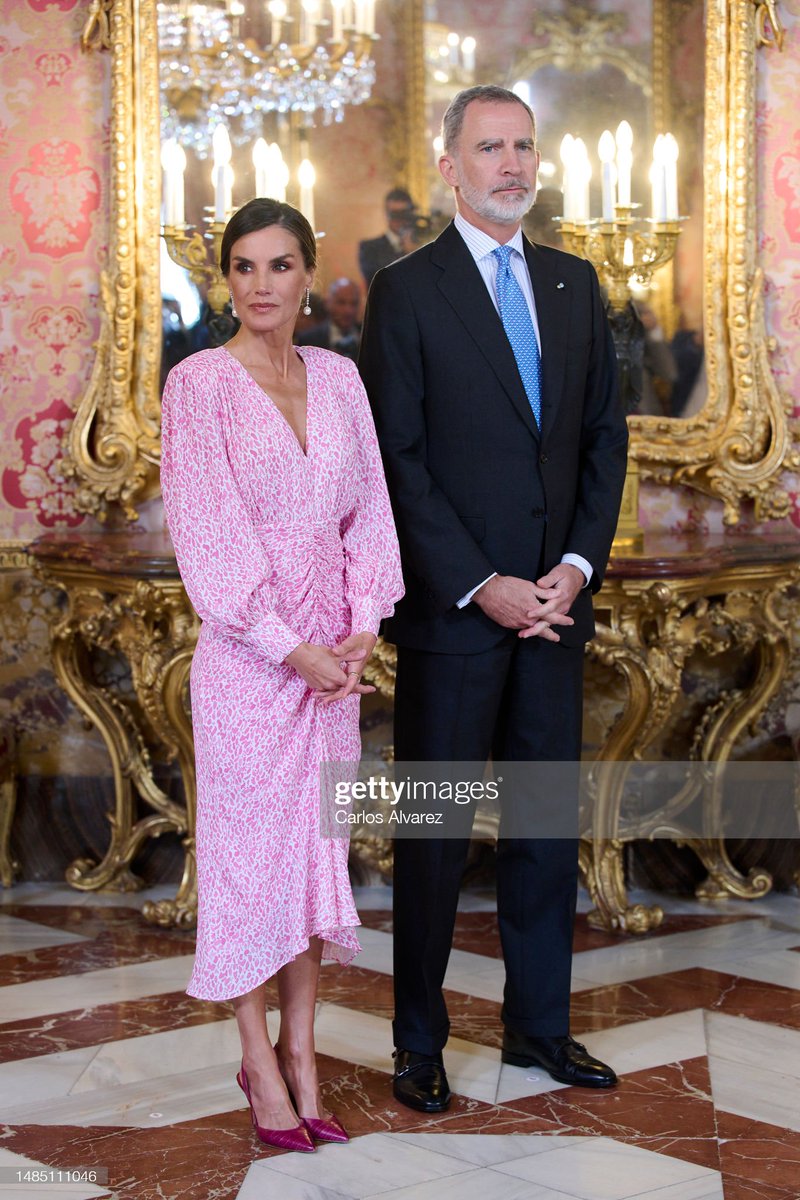
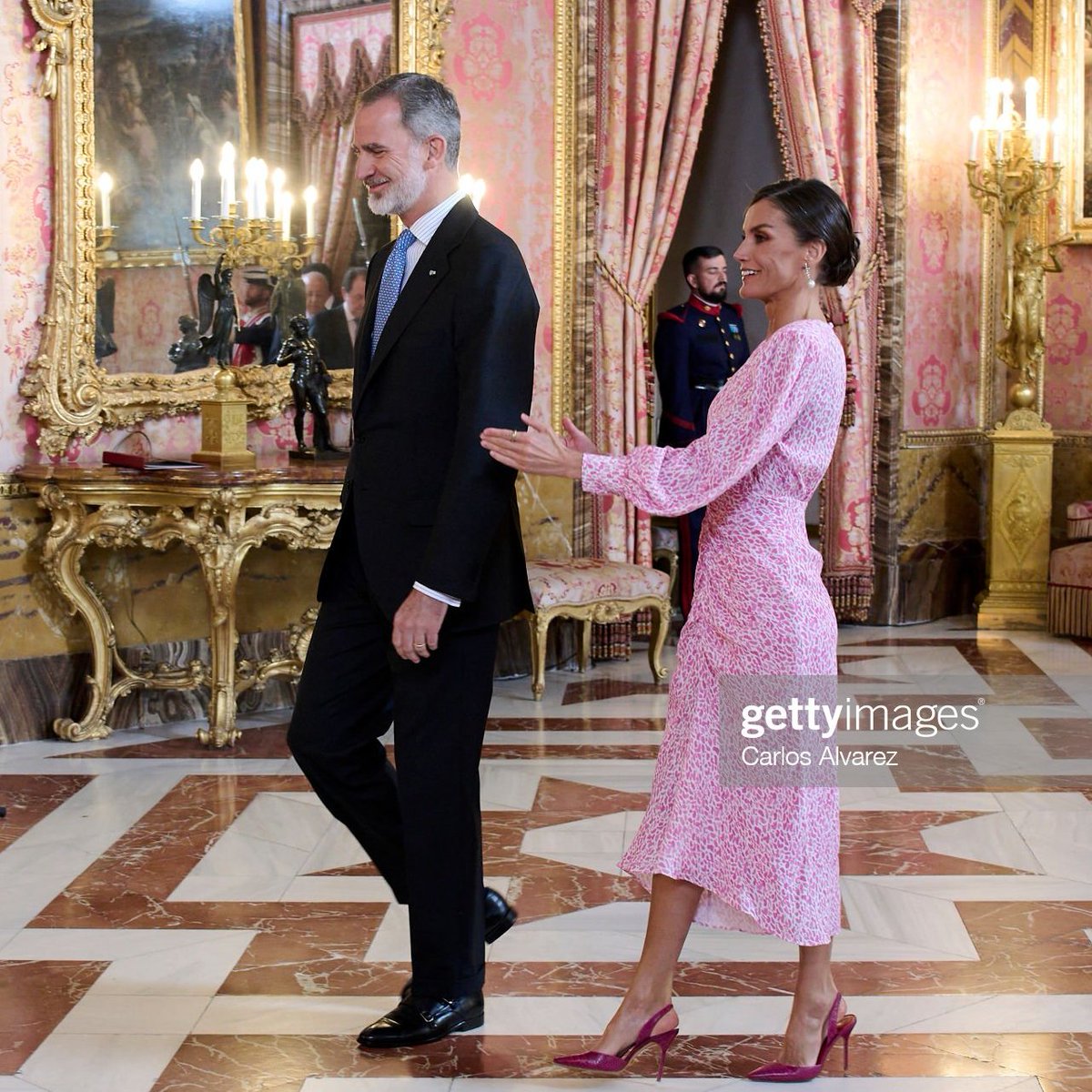
A lot of guys nowadays insist on wearing very slim trousers. But when you don't have a very slim upper-body, you end up creating two separate awkward blocks for the top and bottom halves of your outfit. You look like a popsicle stick.


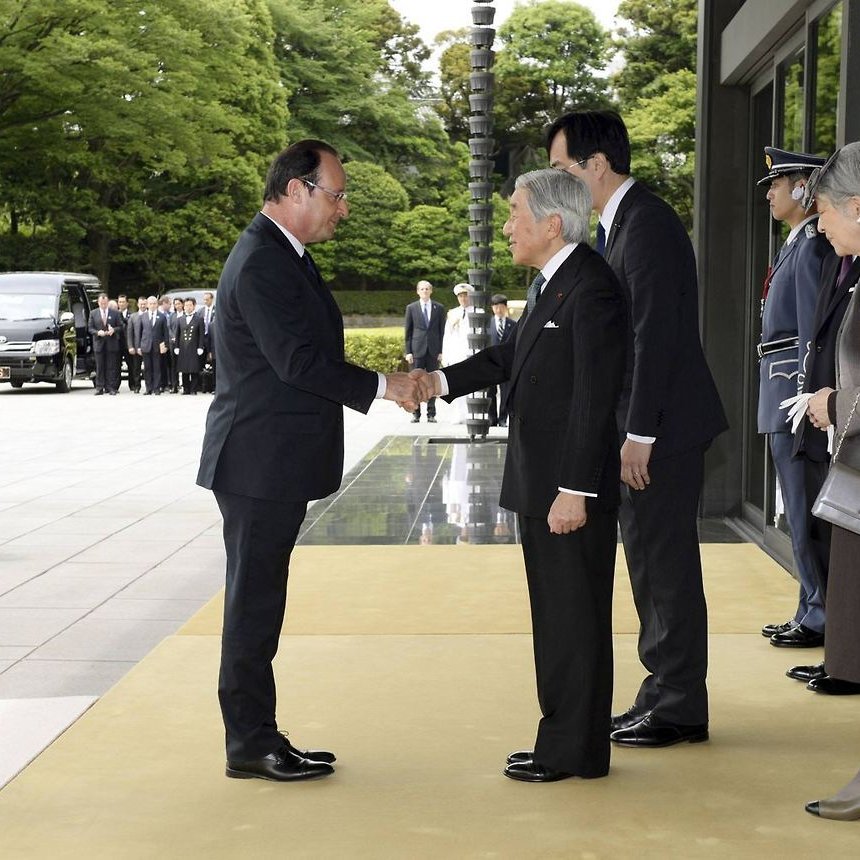
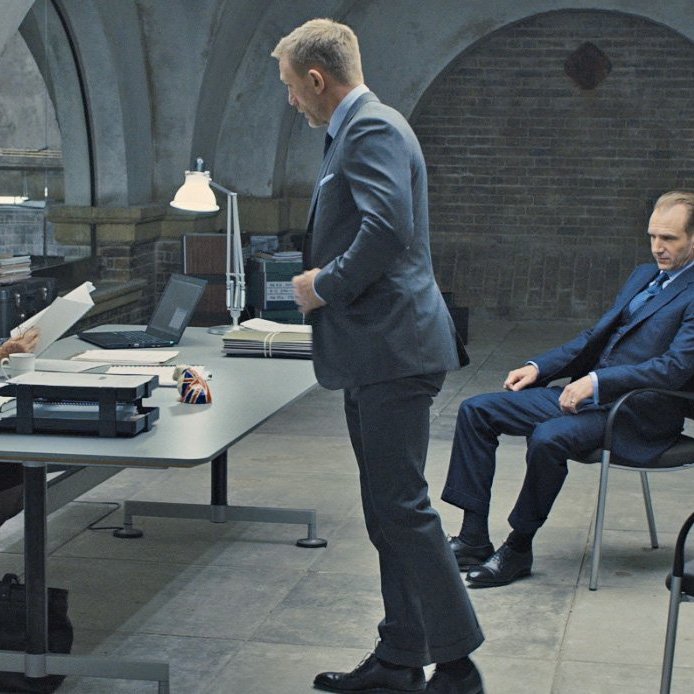
Slightly fuller trousers also means the fabric hangs cleanly. King Felipe seems to prefer a single break on his trousers (I think either a single break or "no break" is fine, so long as the material at least grazes your shoes). Look at how clean the trouser hangs in second pic



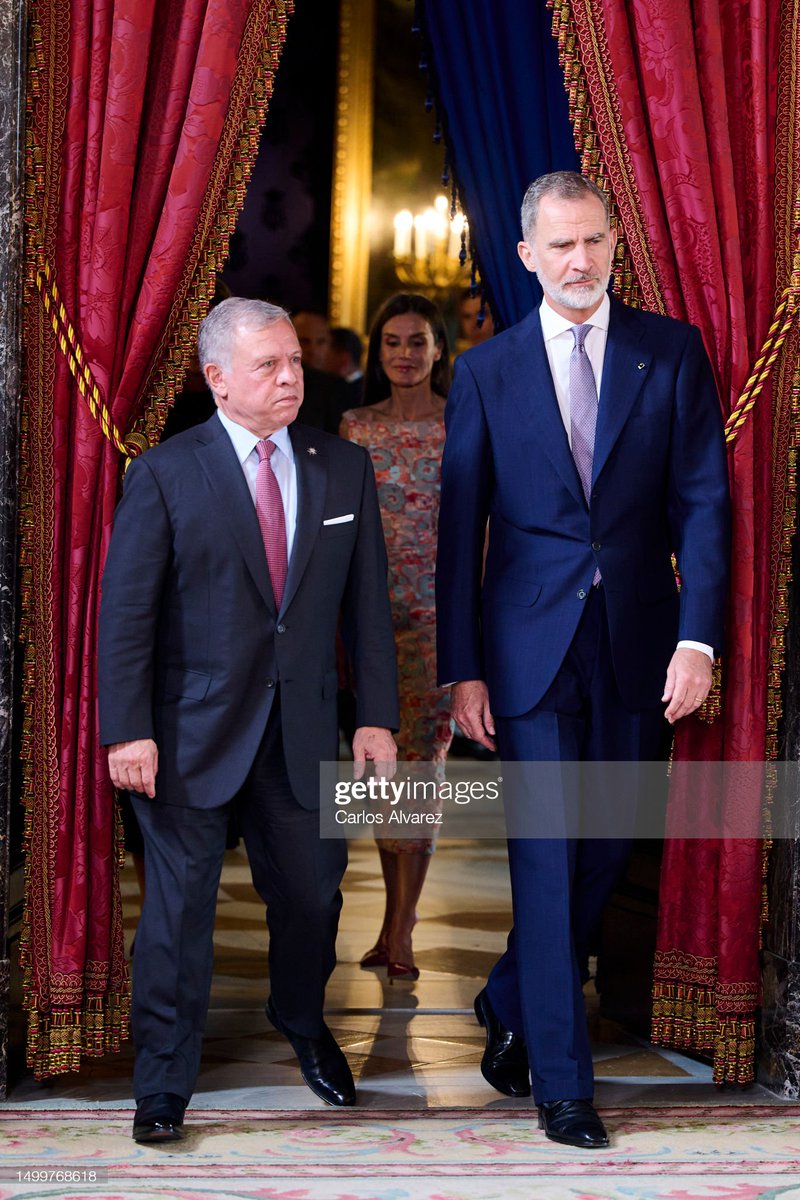
Compare that with the recent NATO summit. With the exception of Biden, all of these trousers are too long, and more than some are too slim to hang cleanly even when the wearers are standing still. The fabric clings to the back of their calves.



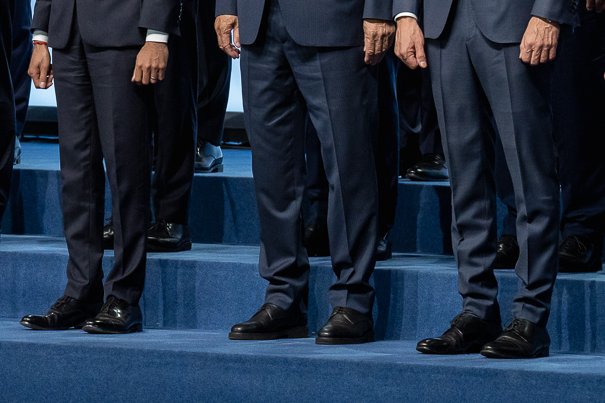
King Felipe's shoulder line is also just slightly extended, the chest area a little fuller. There's a bit of "roundness" in the upper half of his jacket, which gives the illusion of a more athletic figure underneath.


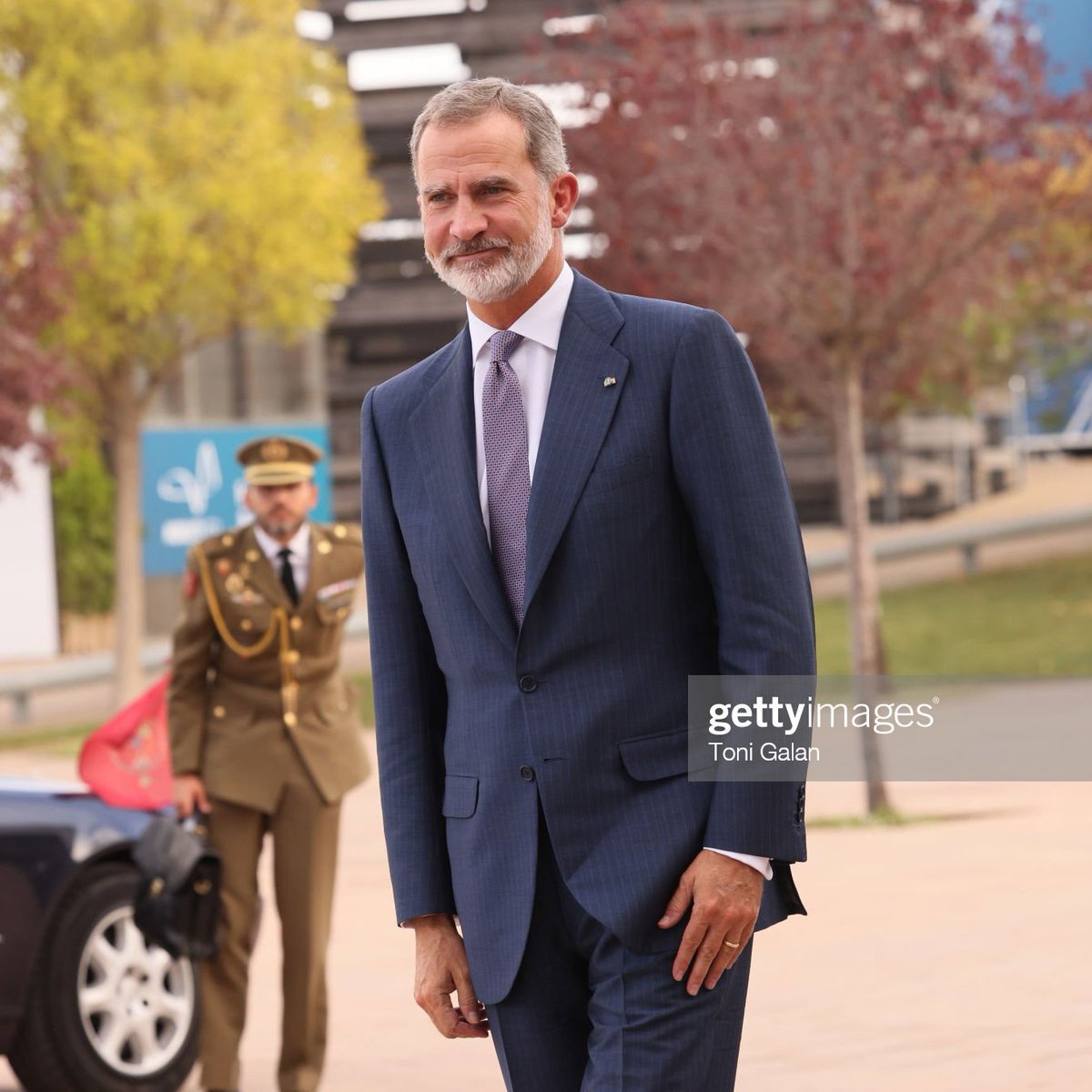
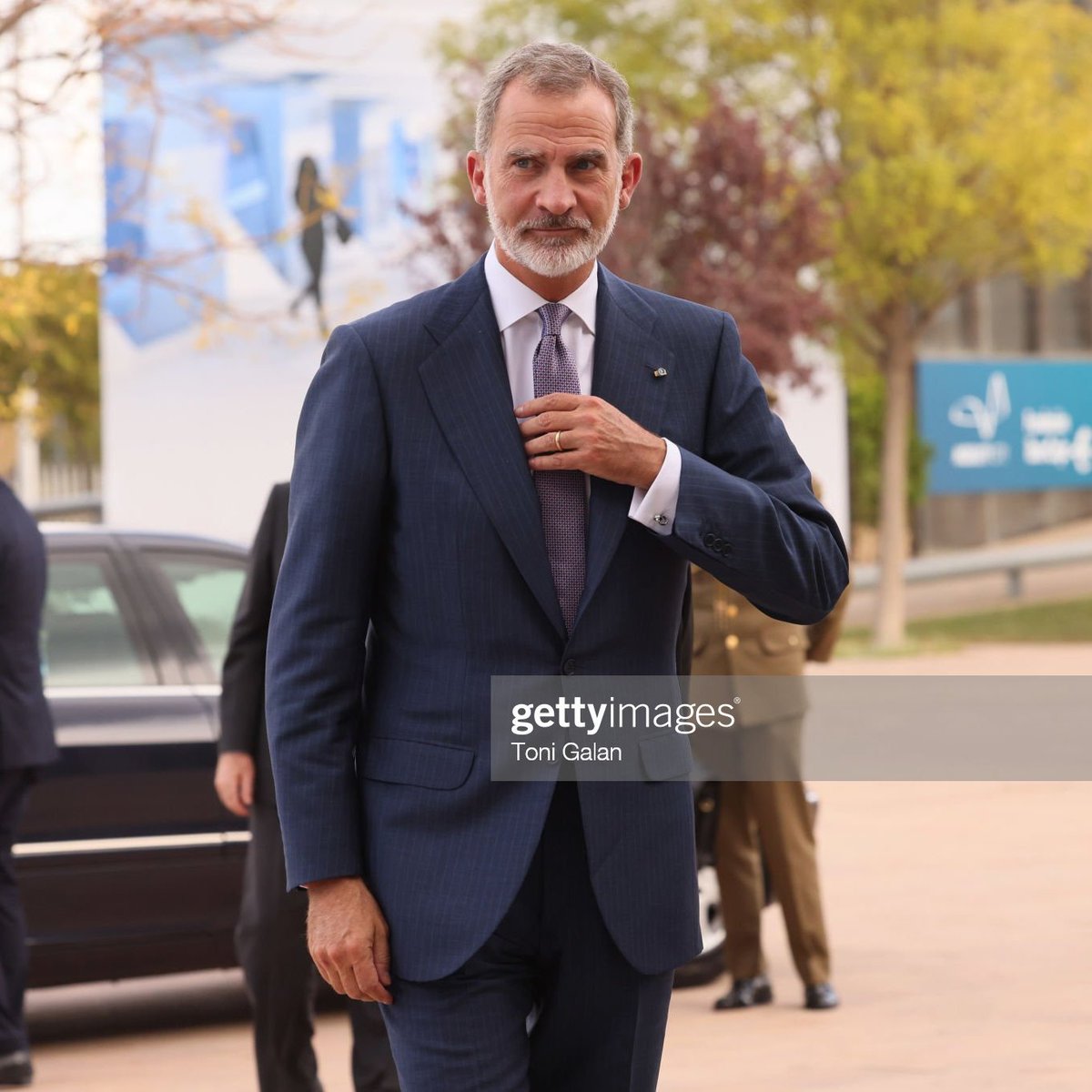
Many men nowadays wear very slim coats that do little more than reveal the actual shape of the body underneath. Or they wear a size too small.



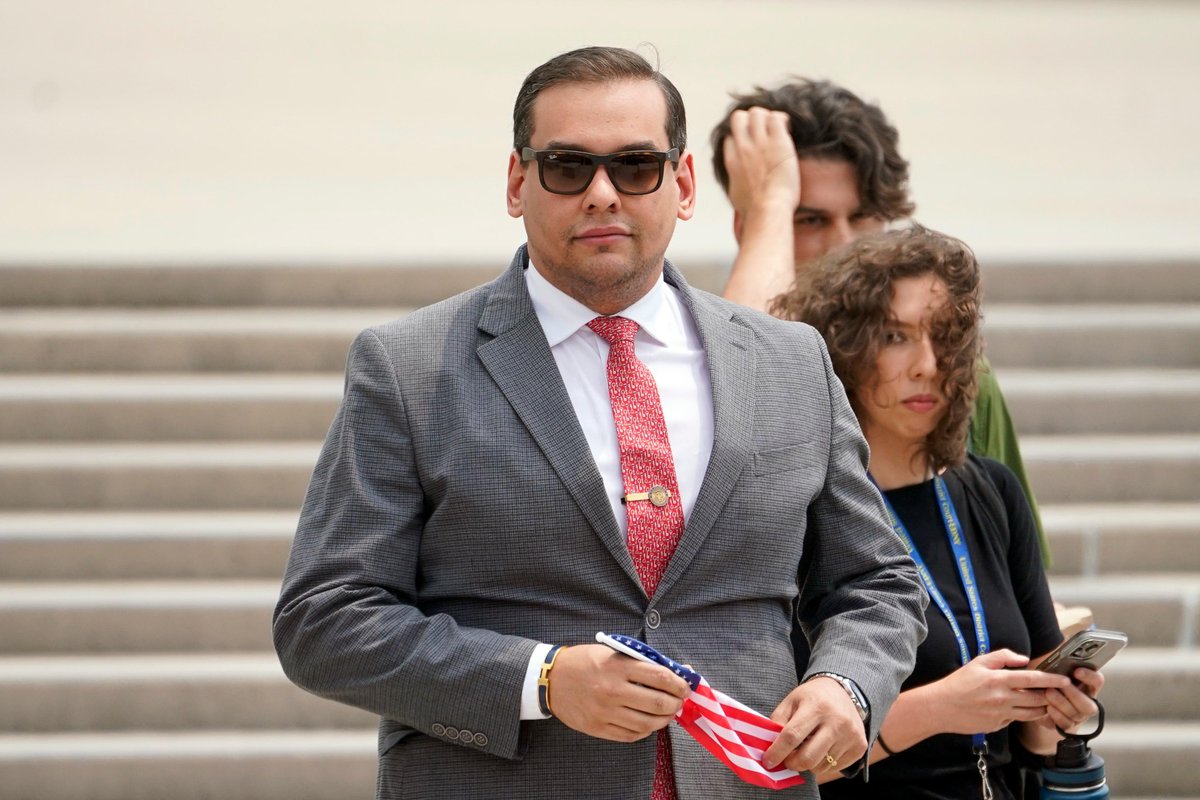
A small detour: while no one in real life will likely recognize this, the curvature you see in this lapel roll is a sign of very fine tailoring. Typically requires hand pad stitching and hand ironing to create this "springy" roll where the lapel folds over. 
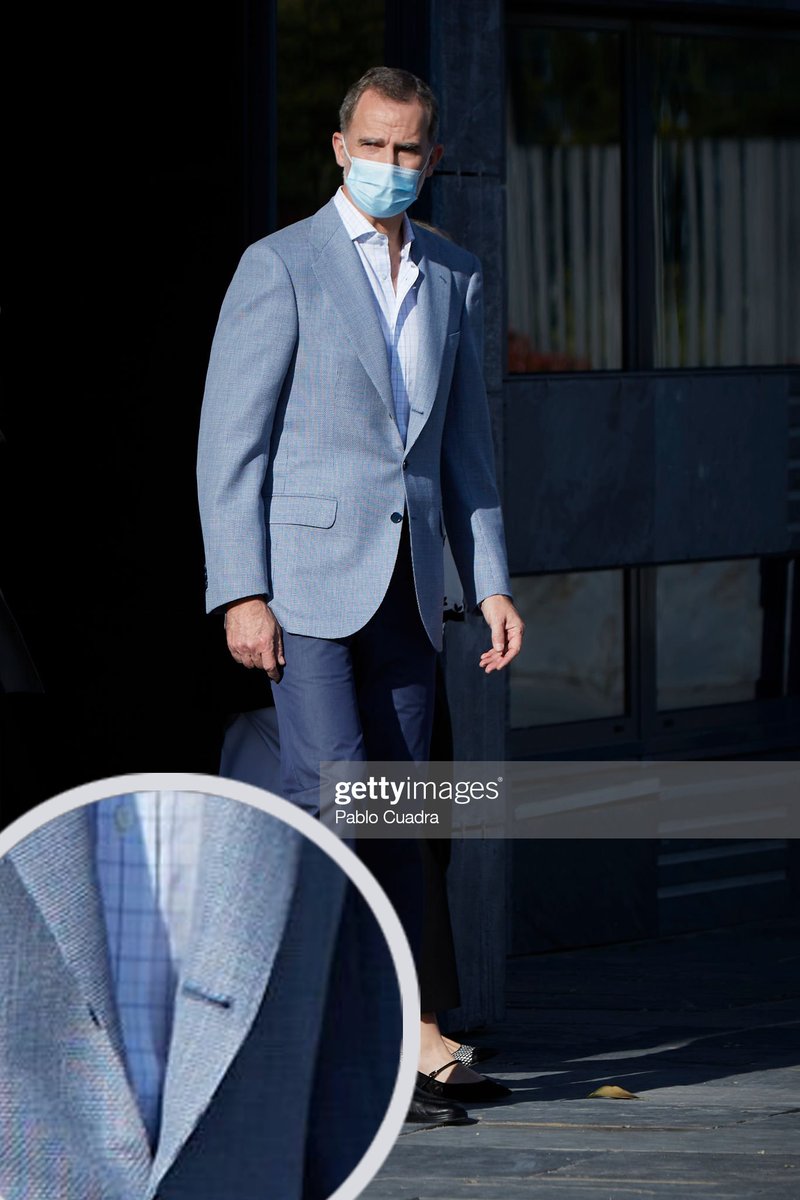
A lot of tailoring you see nowadays is quite flat in comparison. Does not have the same three dimensional shaping. 
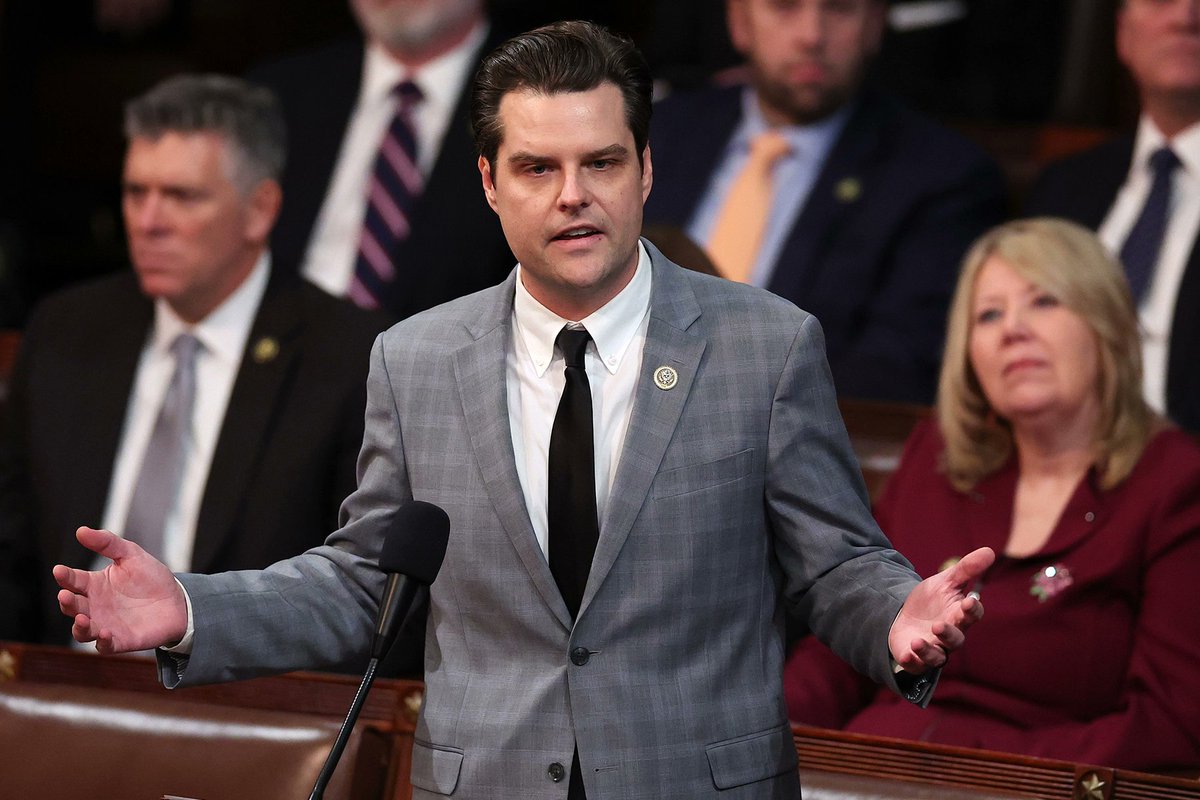
There's also something called "quarters," which refers to coat's front edge below the buttoning point. Here we see the King of Spain with the Bulgarian President. The King's quarters sweep away, creating a more dynamic line. President's quarters fall almost straight down.


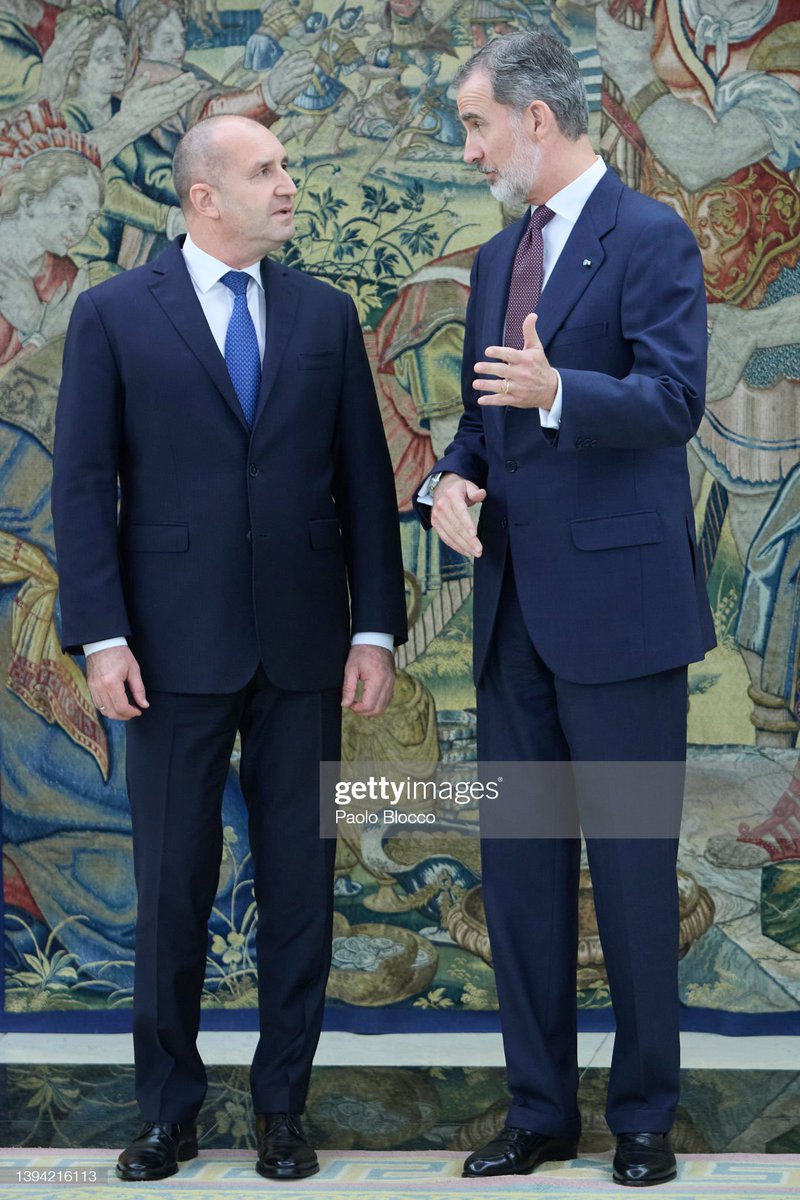
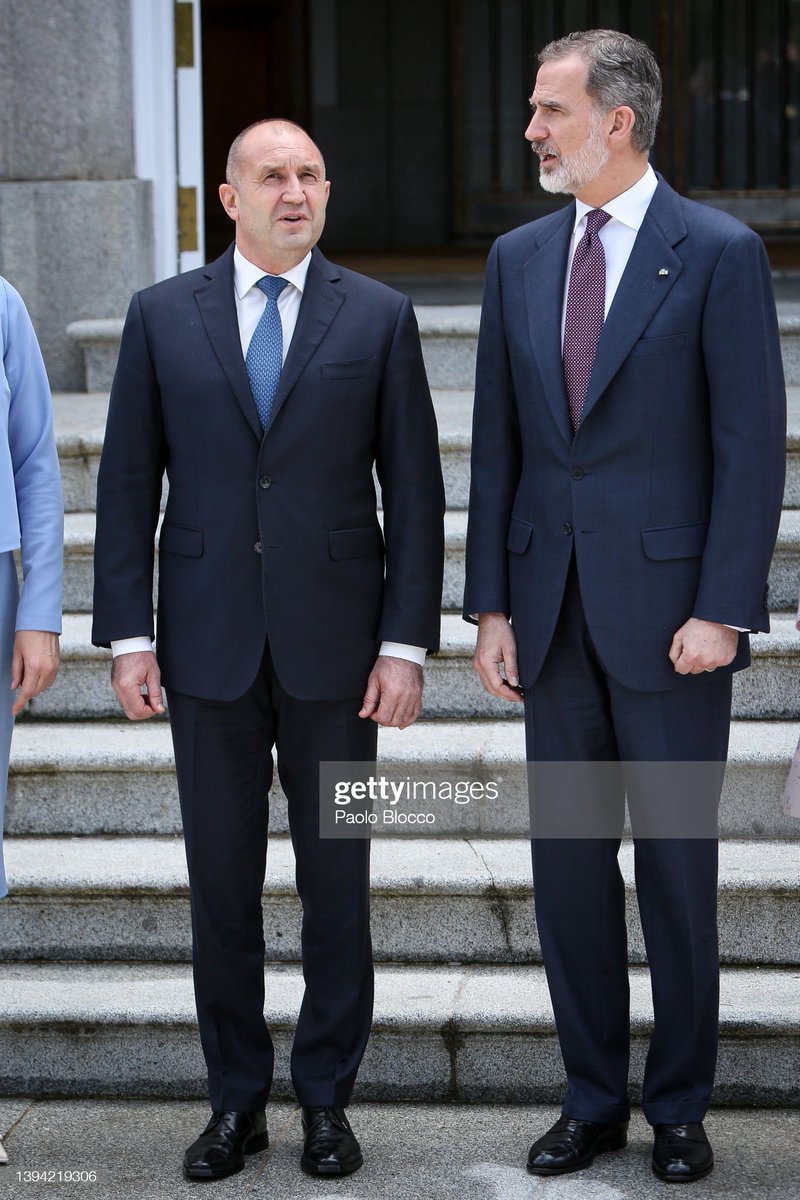
Bulgarian President's coat is also shorter and has narrower lapels. The trousers are a touch too slim for the coat. King's lapels are more classically proportioned, coat is longer, quarters open, and the trousers well cut for the coat. The effect is better. 
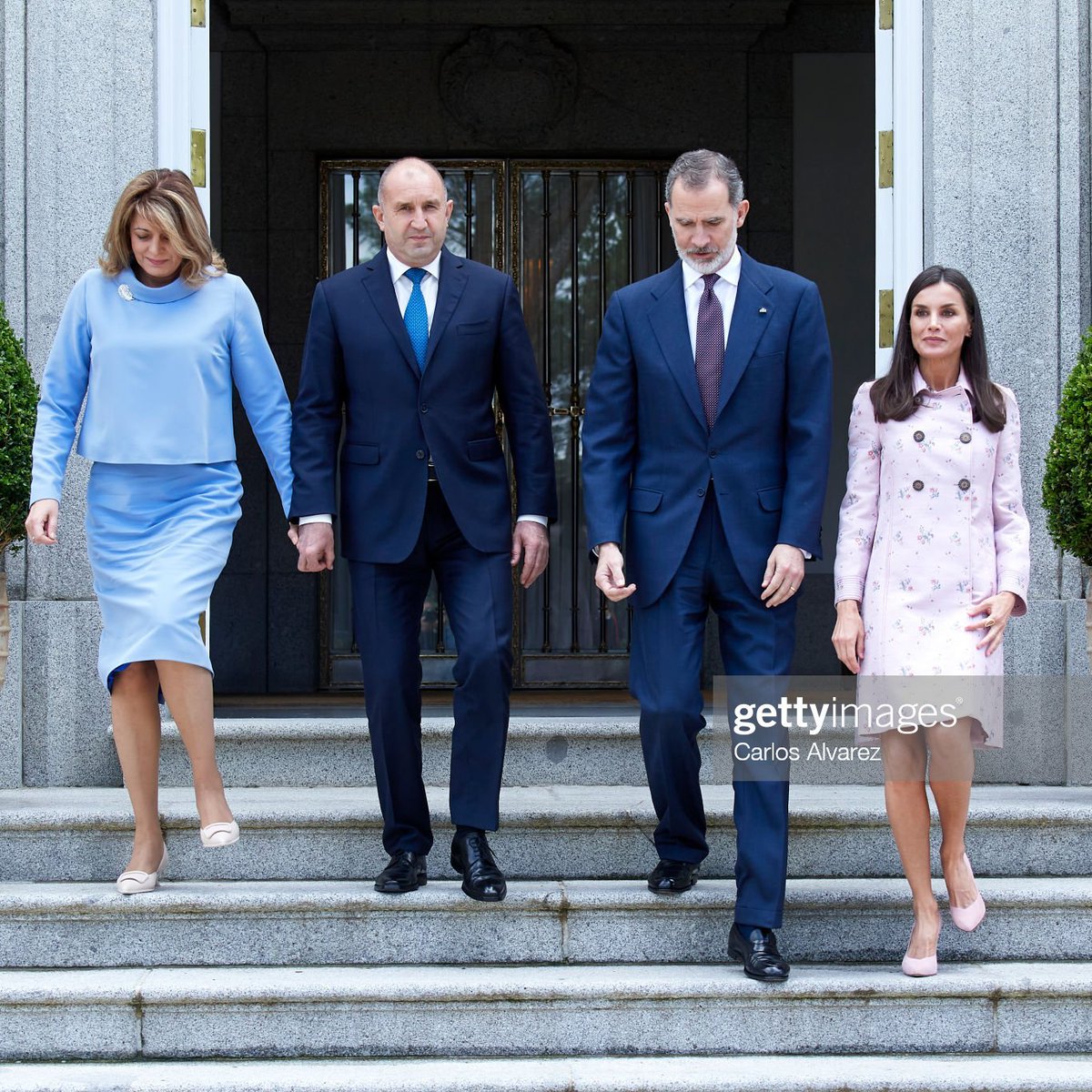
The King's shirt collar is also long enough to reach underneath his lapels. This creates a smooth transition from his shirt to jacket, allowing the eye to move upwards and focus on the wearer. Many men nowadays wear small shirt collars that end up creating a mess under their chin


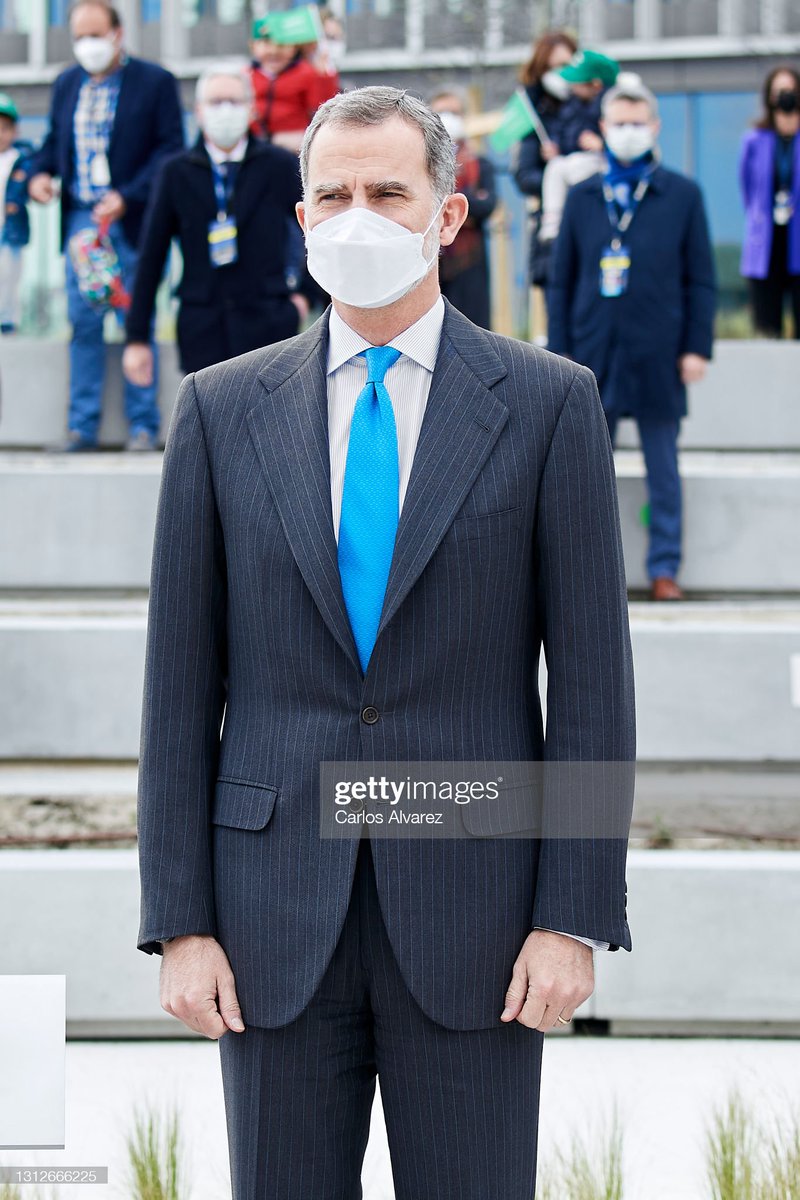
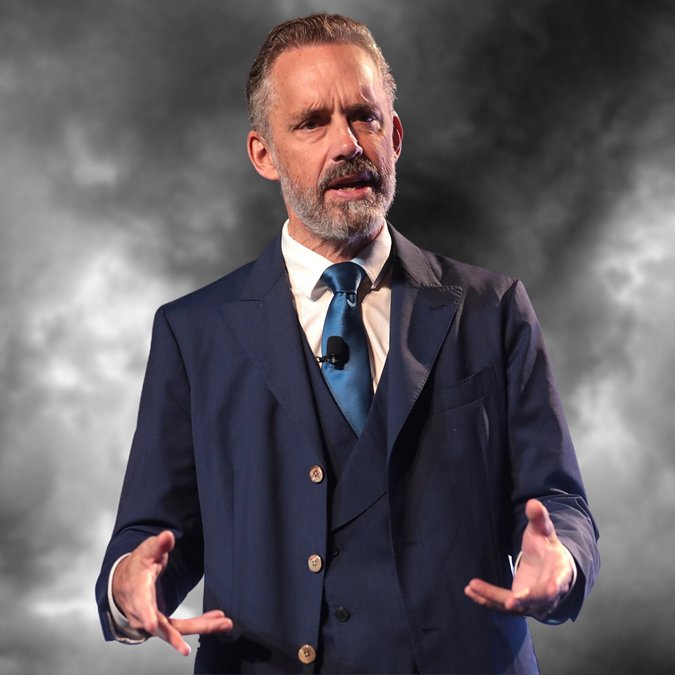
This is almost impossible to get nowadays unless you go bespoke. But the gorge—the technical tailoring term for the seam that connects a coat's collar to its lapel—is positioned in such a way that lapel's notch sits even with the shirt collar points. Very classic.


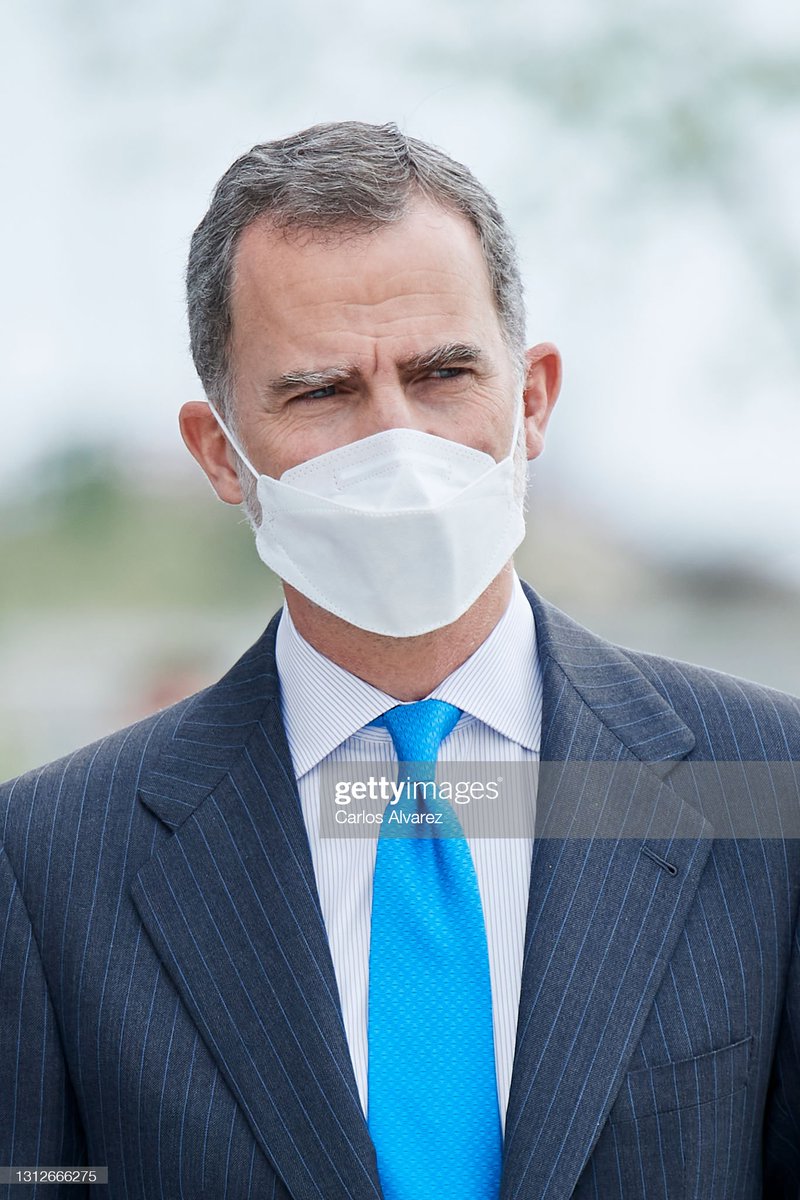
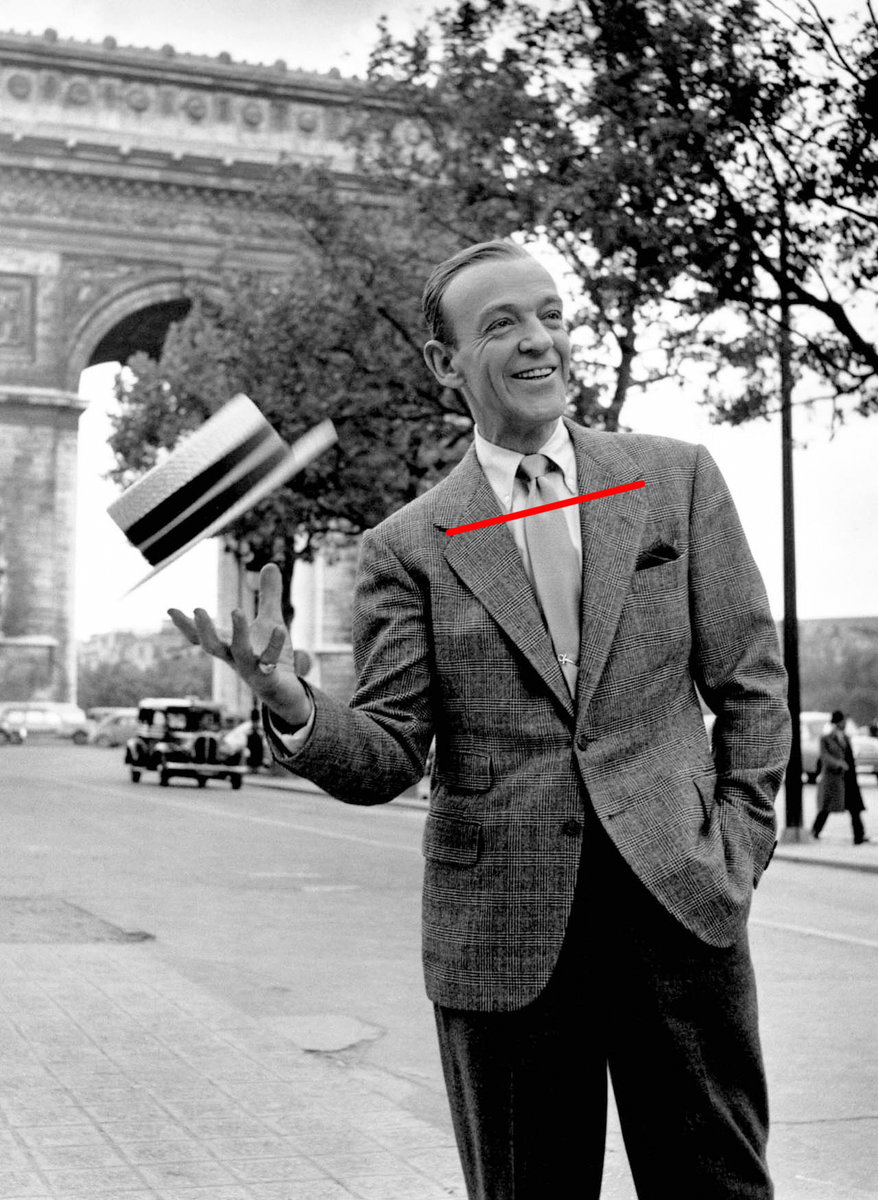
Finally, the King wears a four-in-hand. The four-in-hand (or the double four-in-hand) is the only knot you should wear. It is small, tasteful, and doesn't create a meatball sized knot underneath your chin. The asymmetry gives a sense of ease.
Very well done.
Very well done.
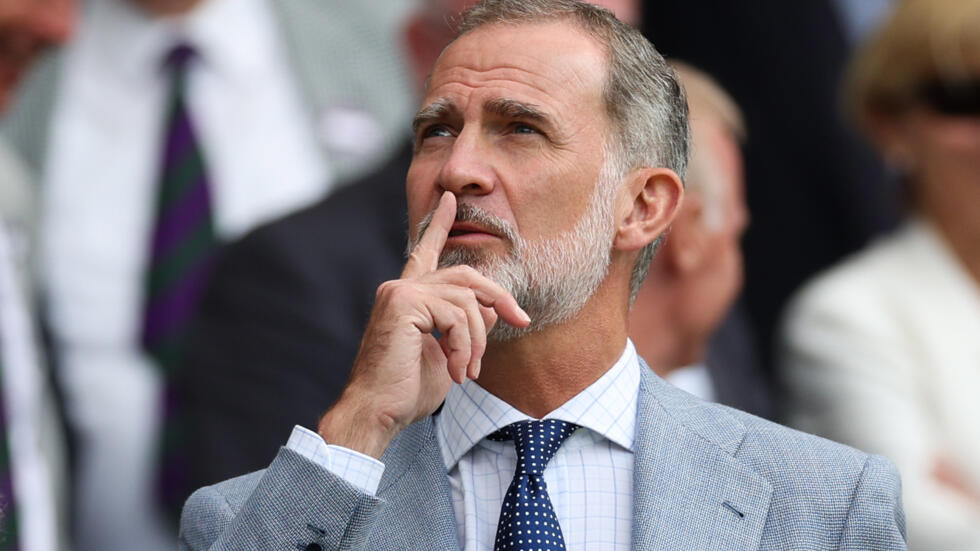
One more thing. These principles work for any body type: short, tall, large, slim. One of the great things about tailoring is what once you figure out some of these basic principles, you can apply them to your own dress: collar hugs neck, things hang cleanly, flowing lines, etc.




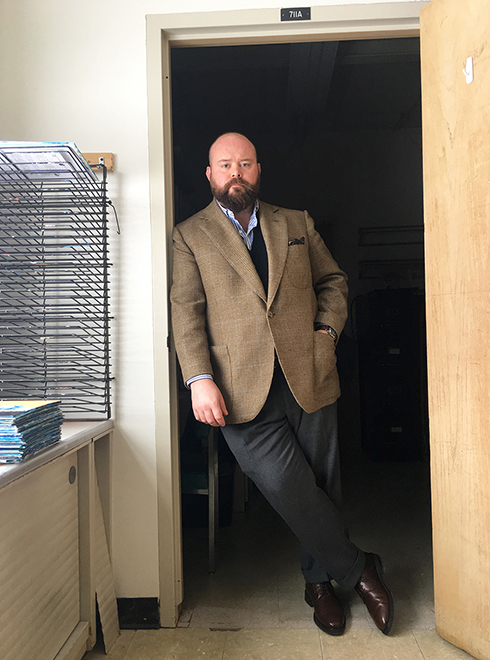
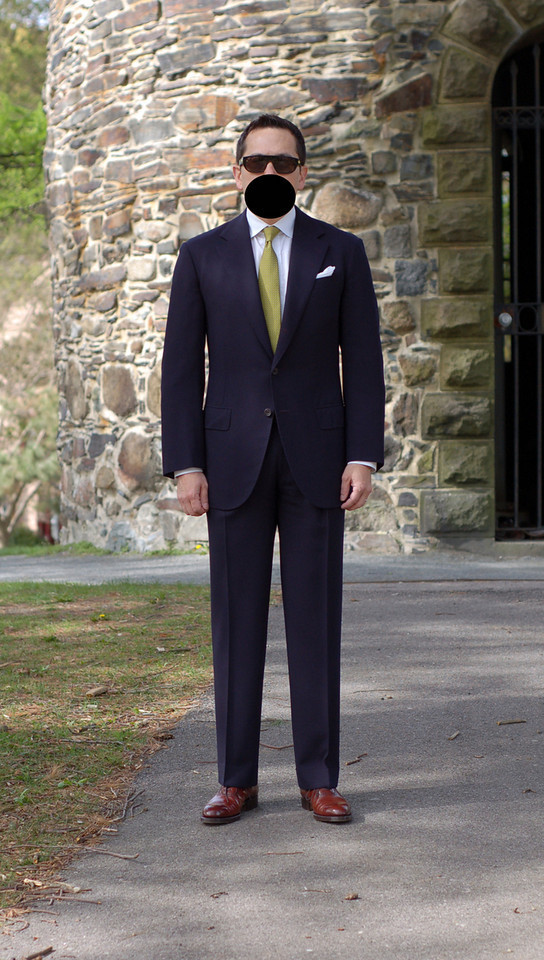

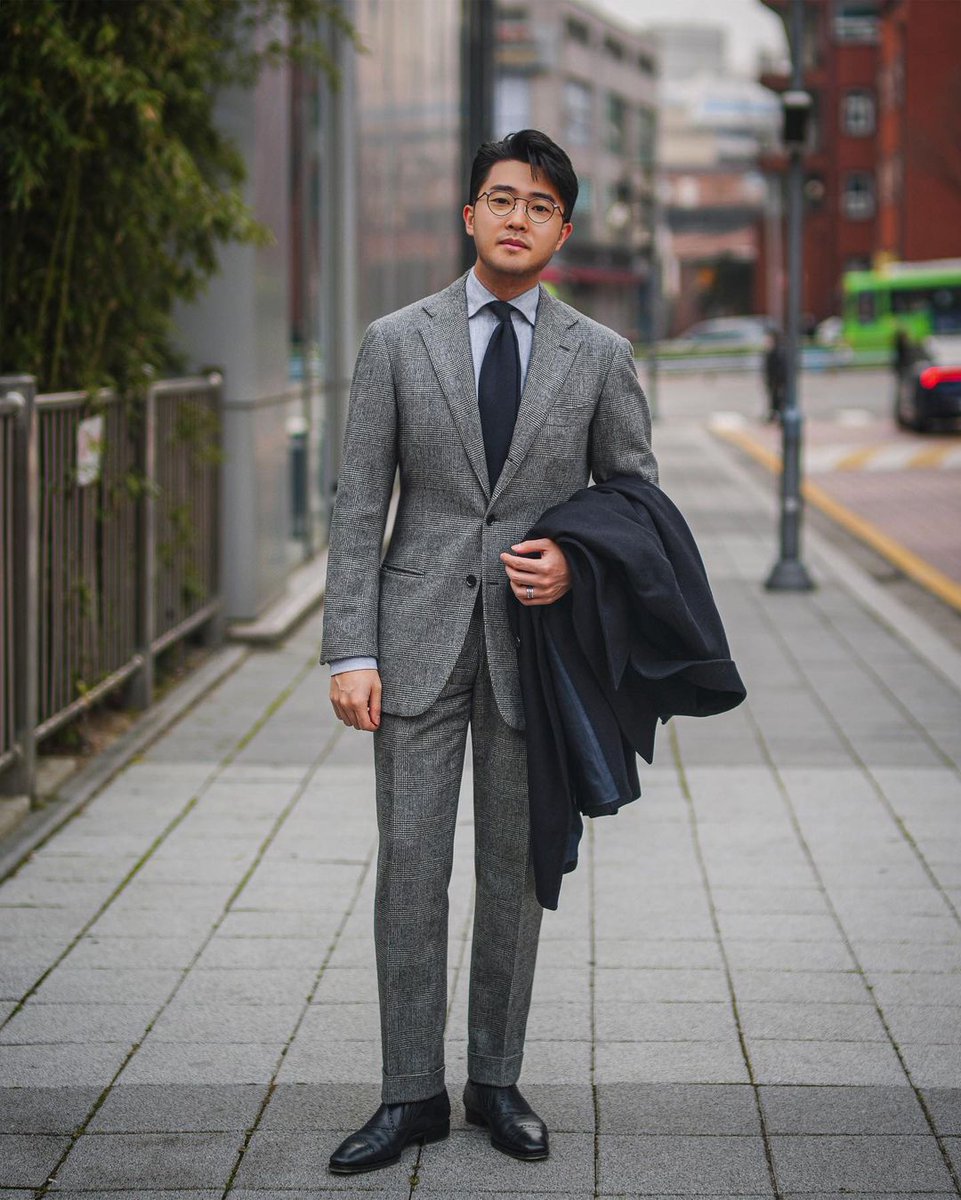
• • •
Missing some Tweet in this thread? You can try to
force a refresh

